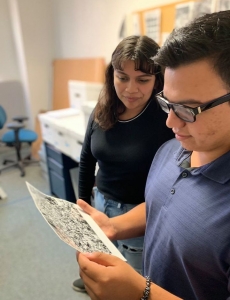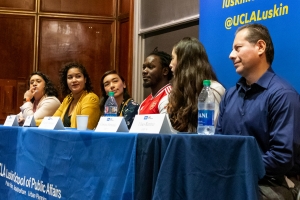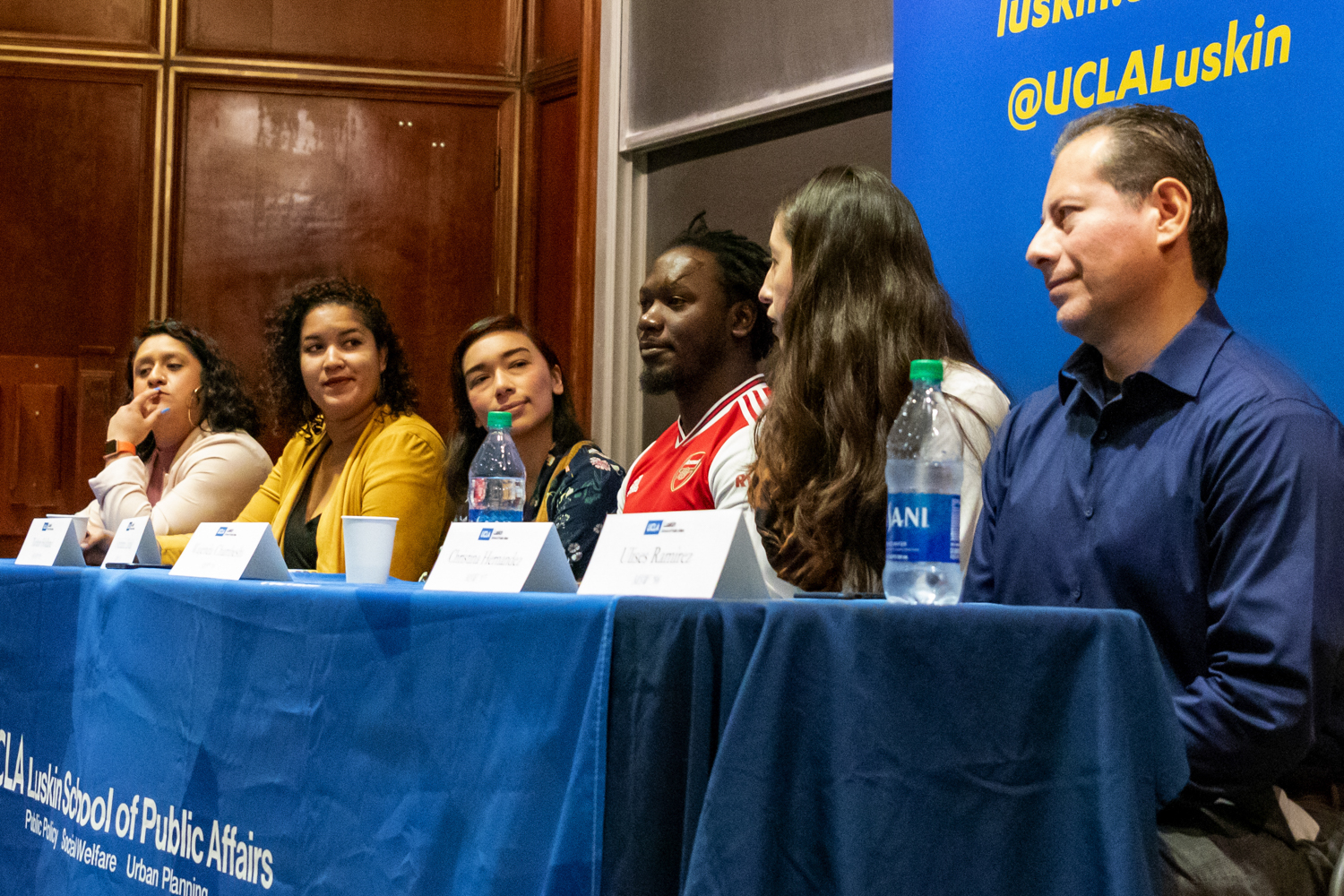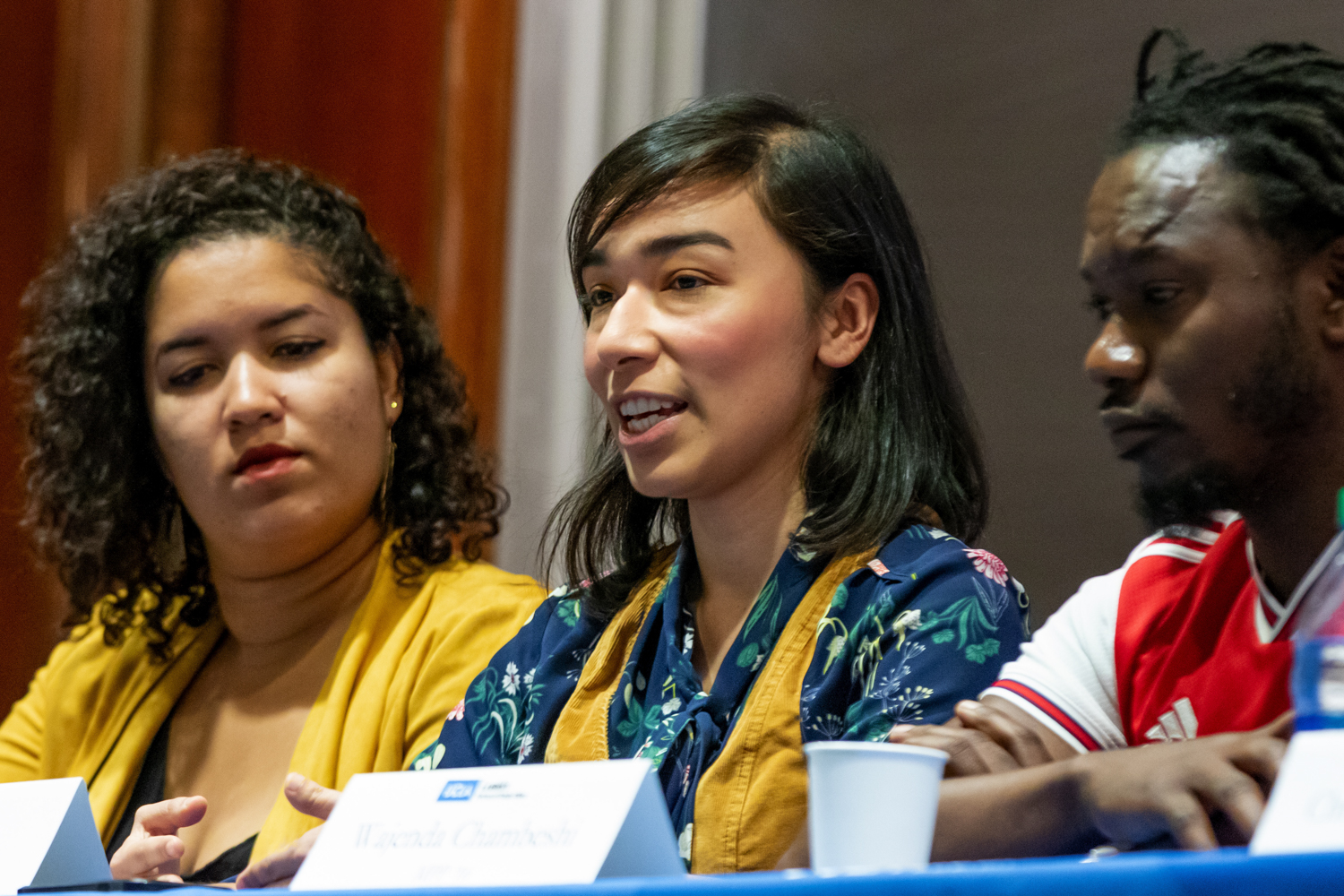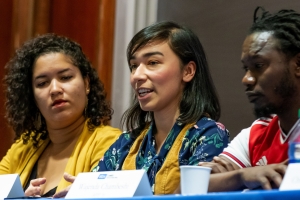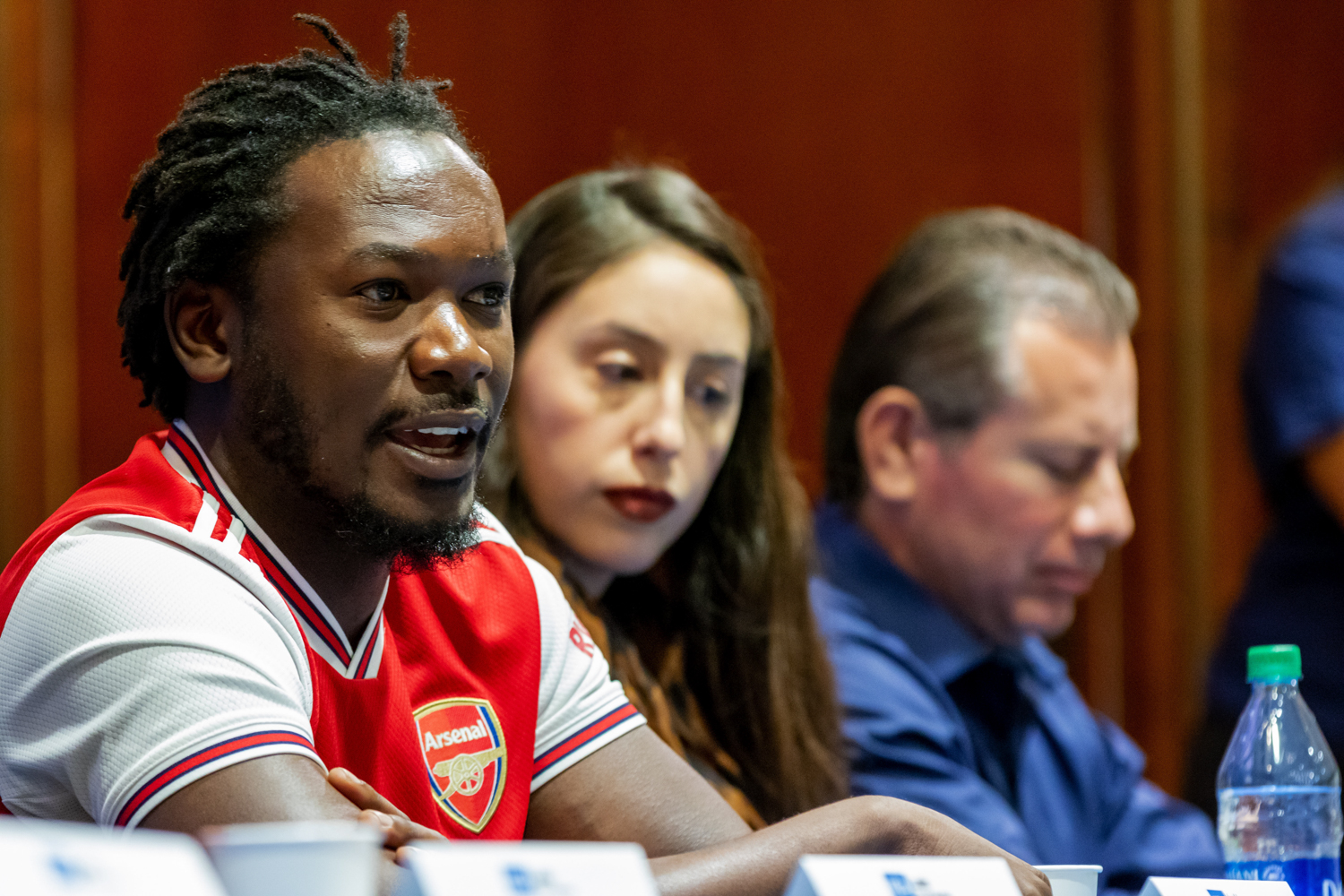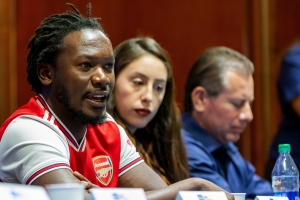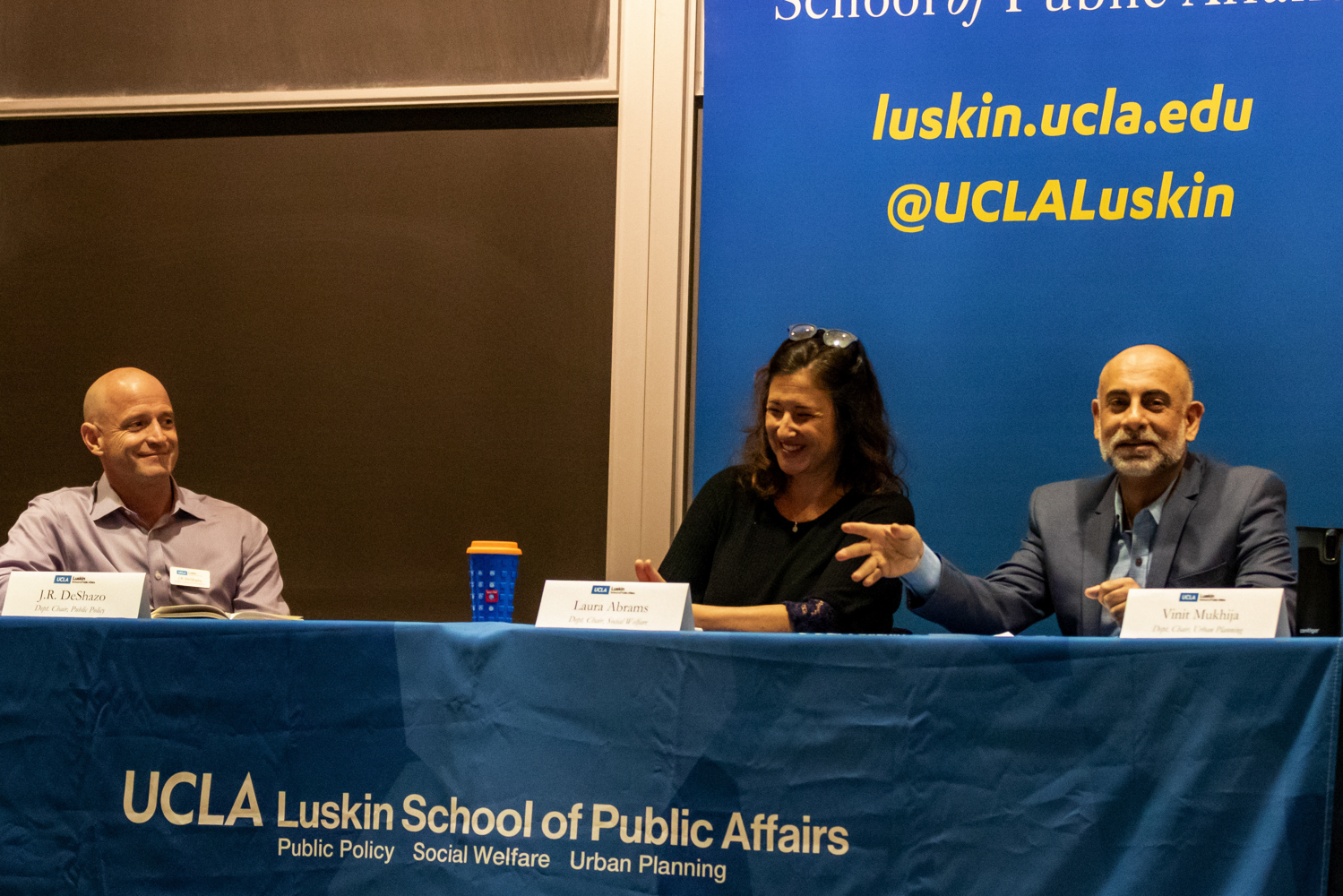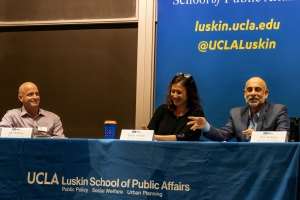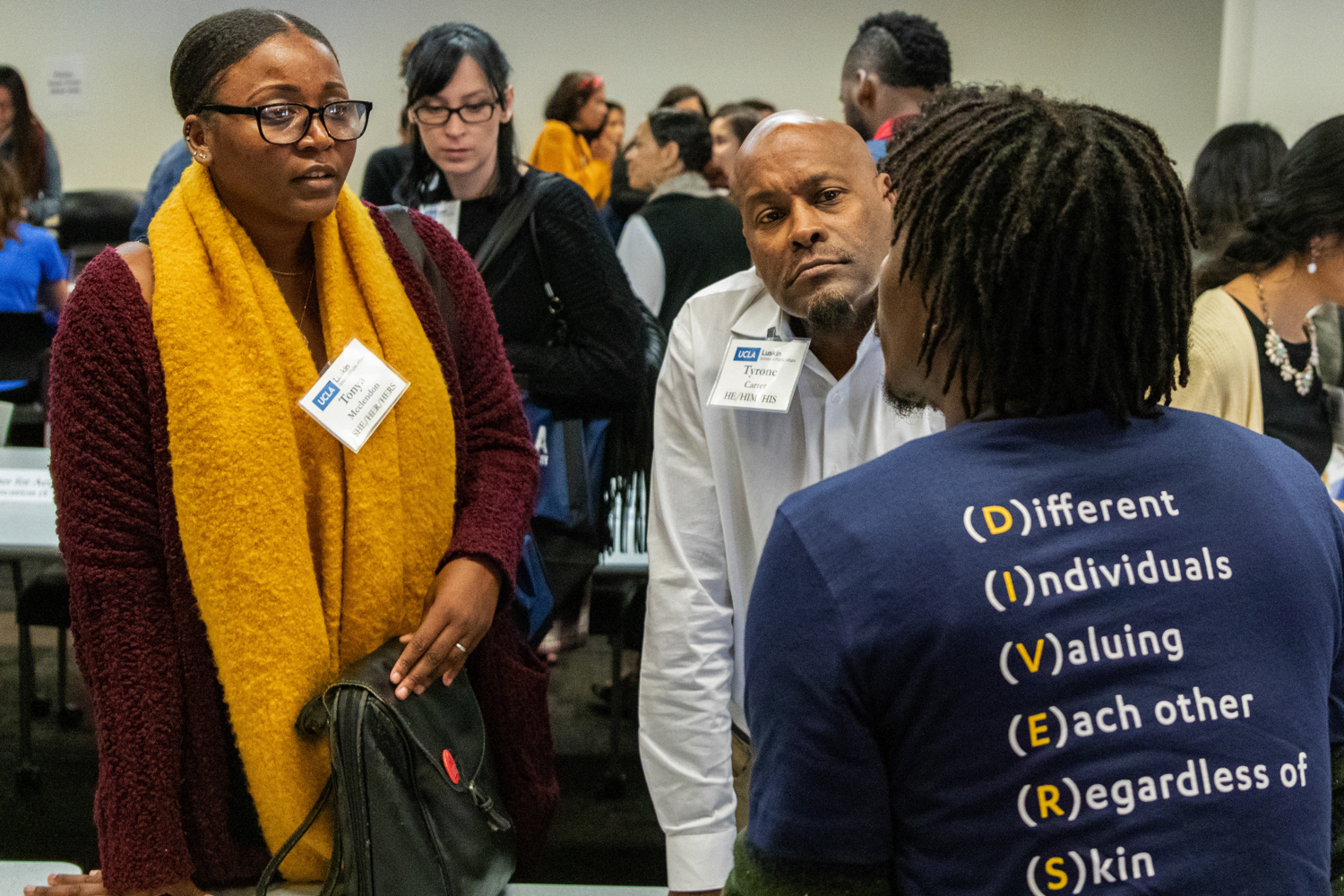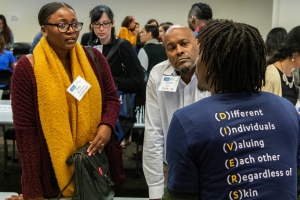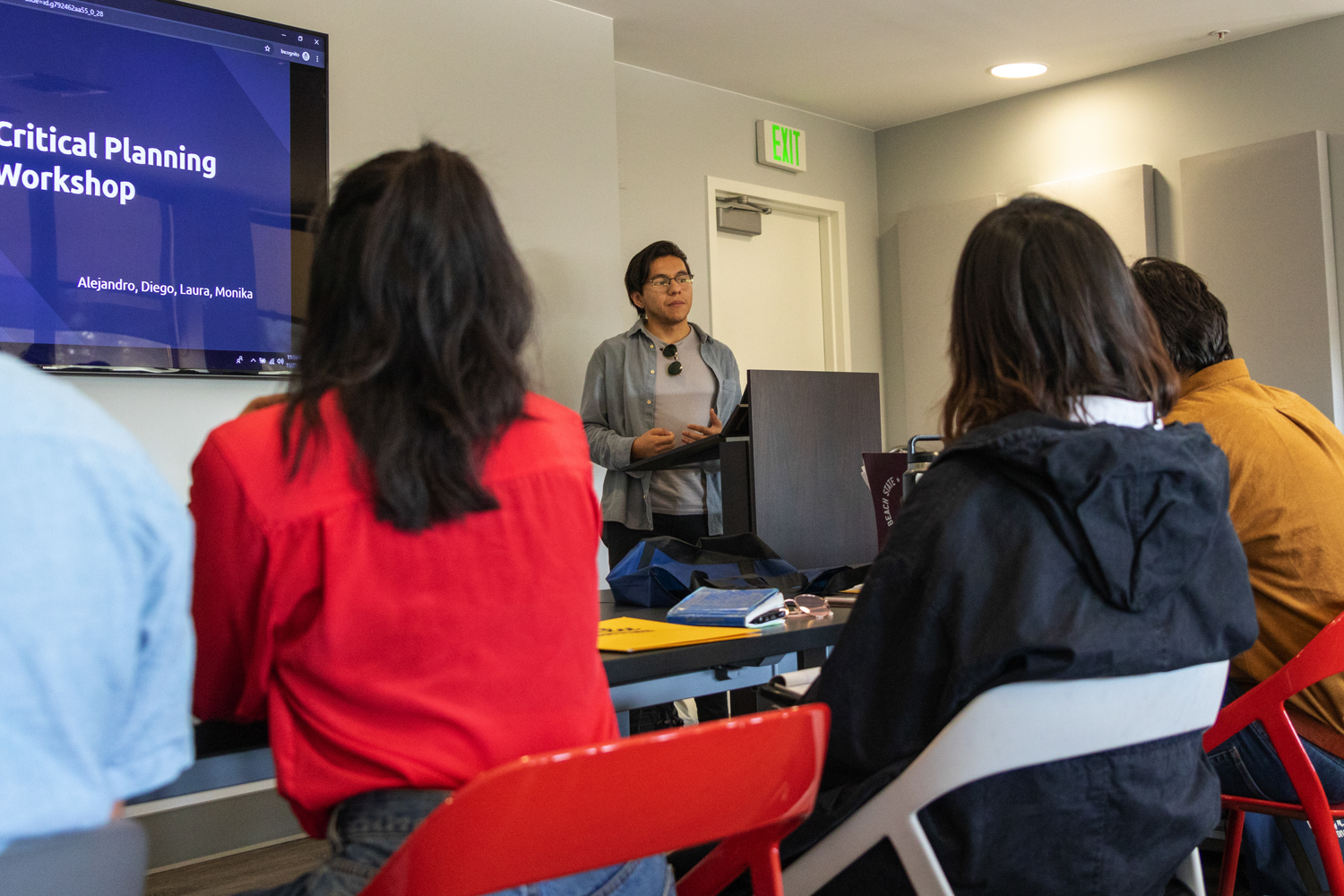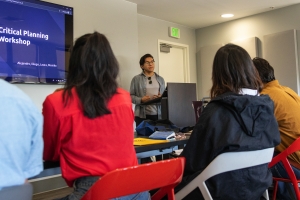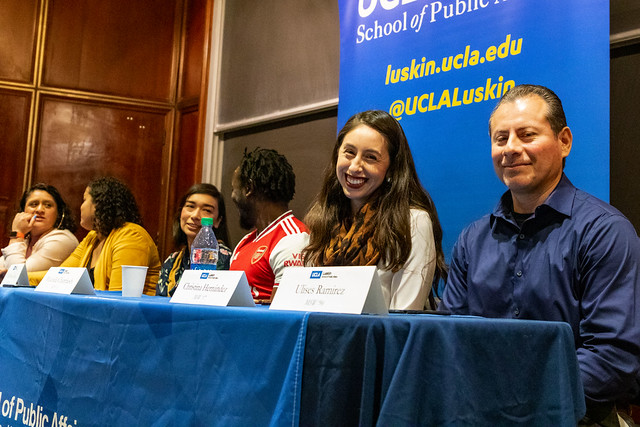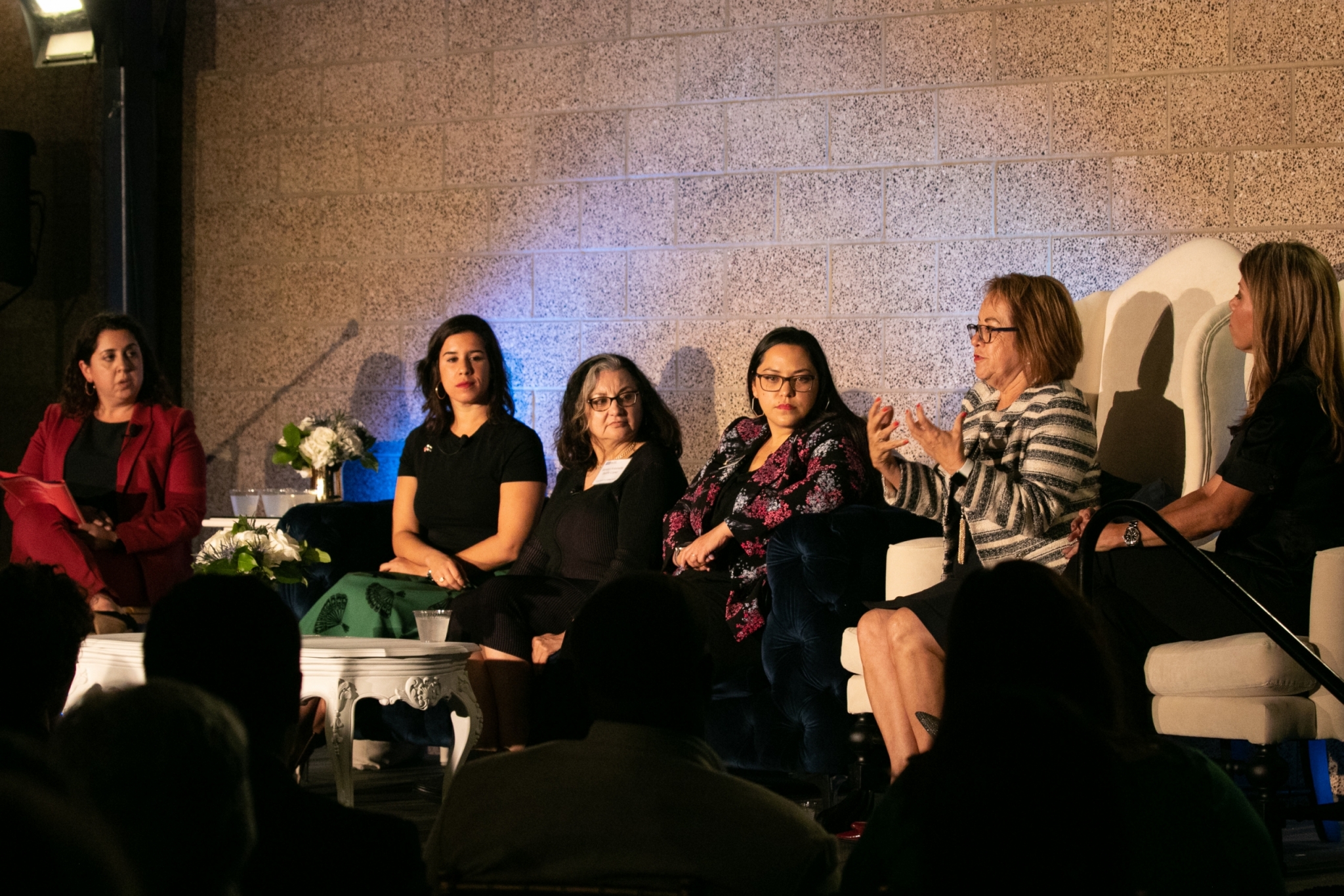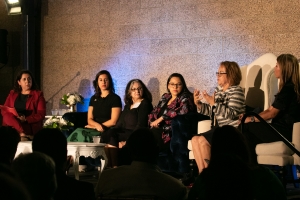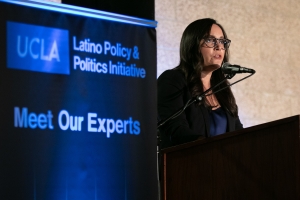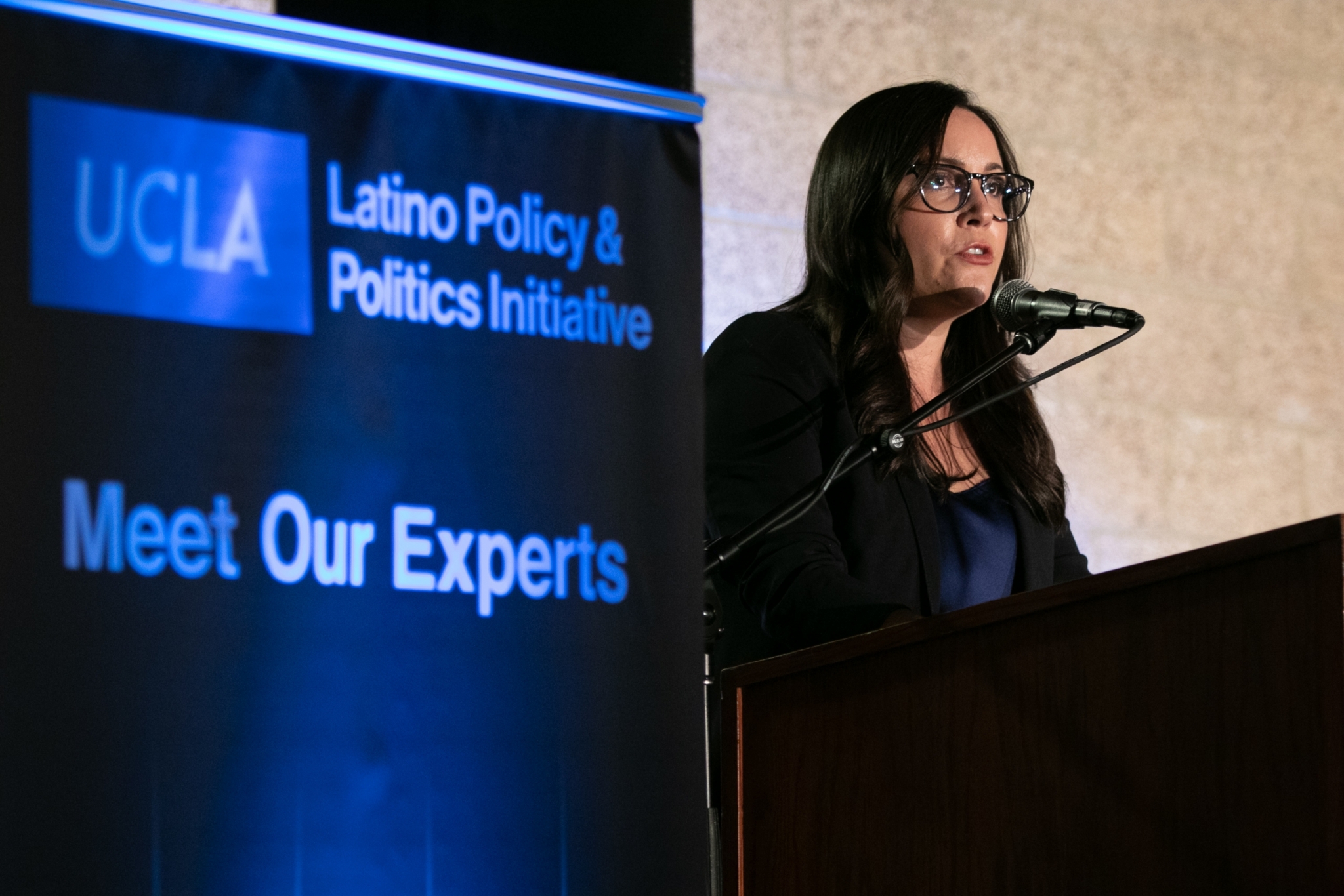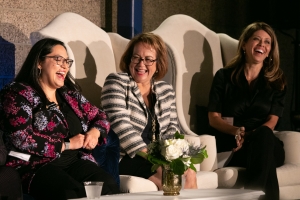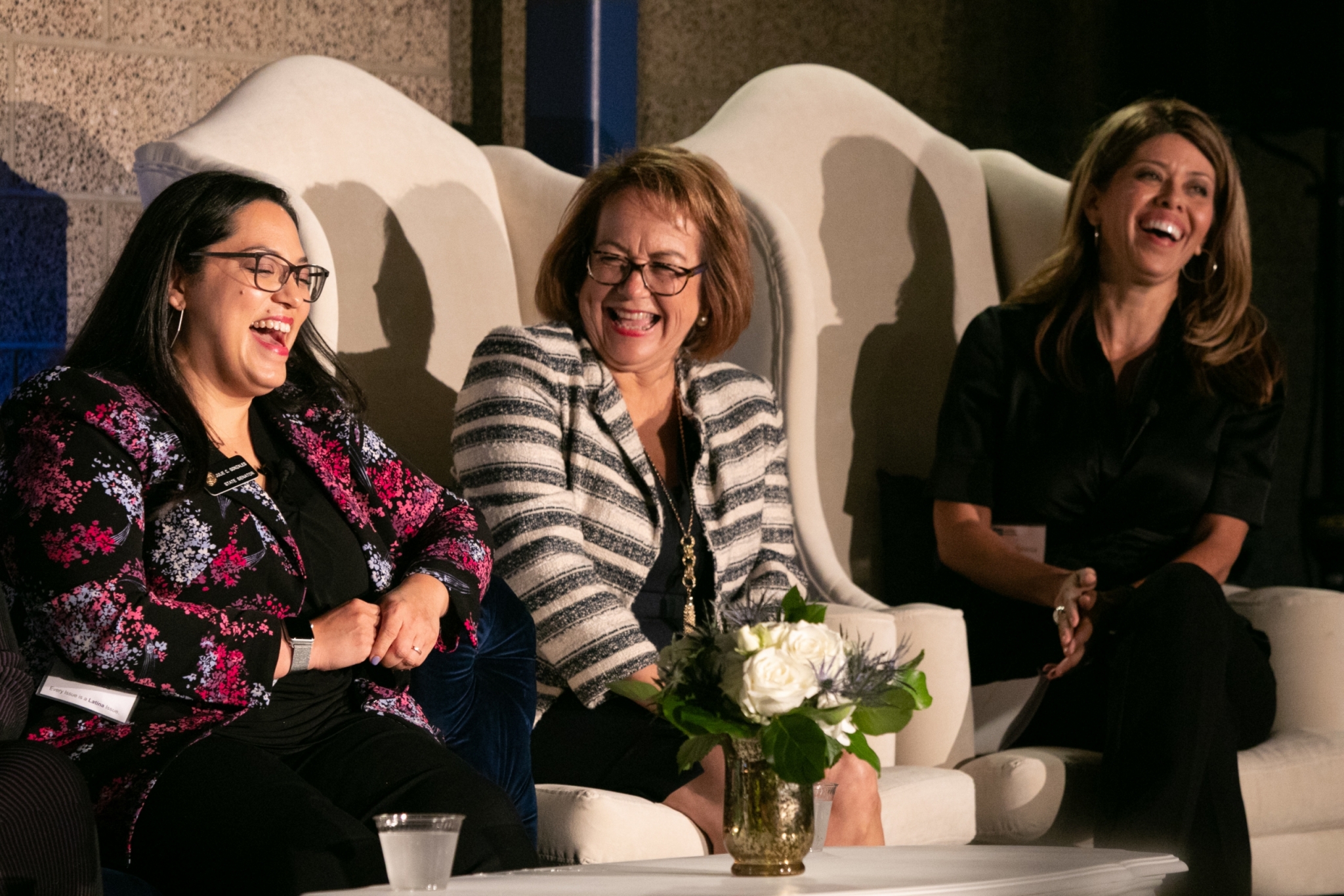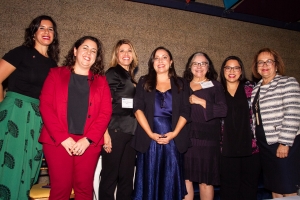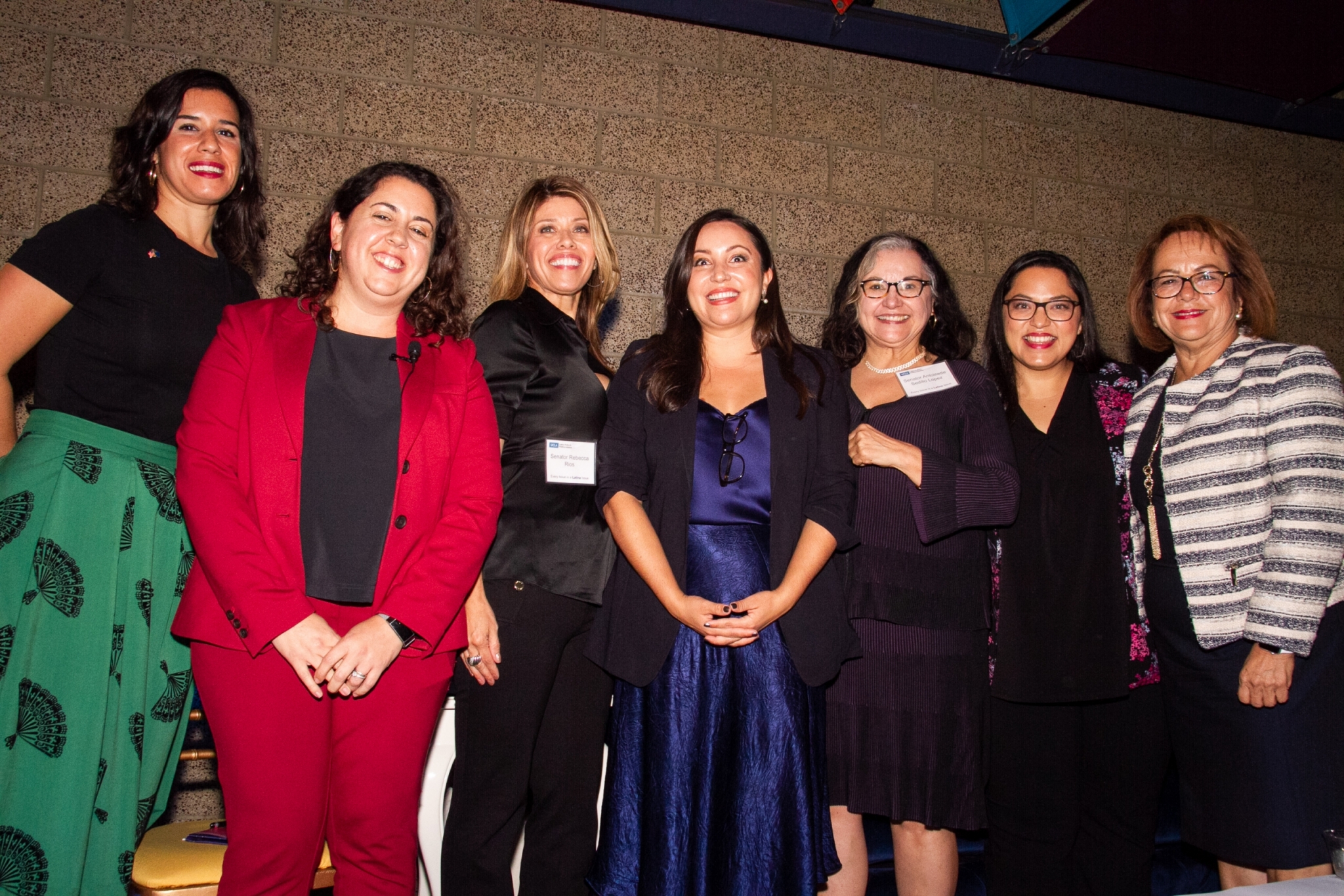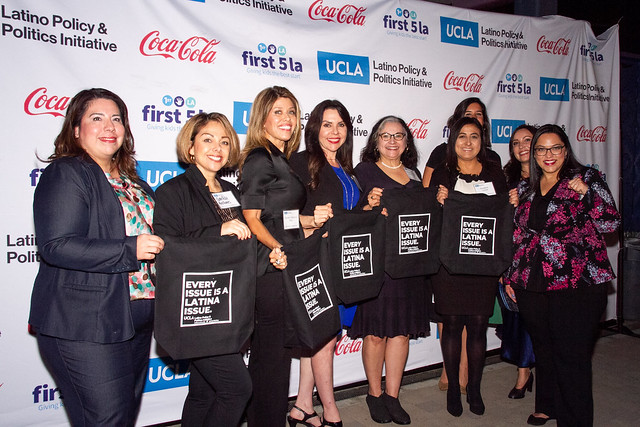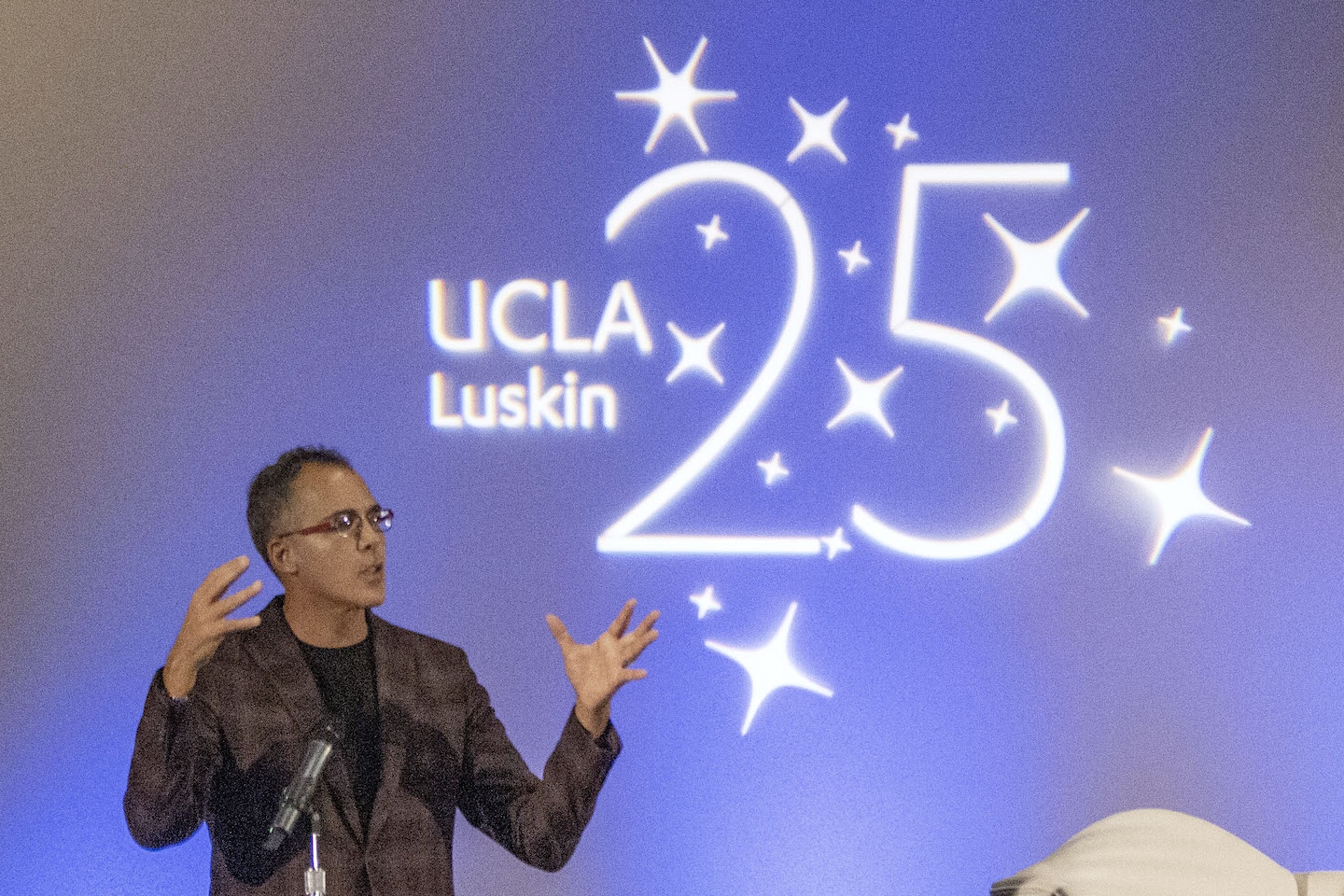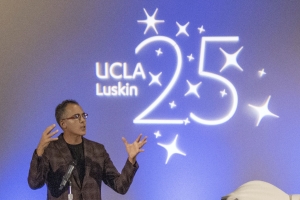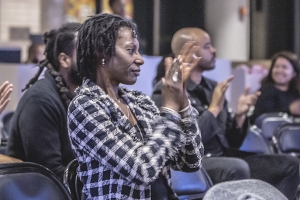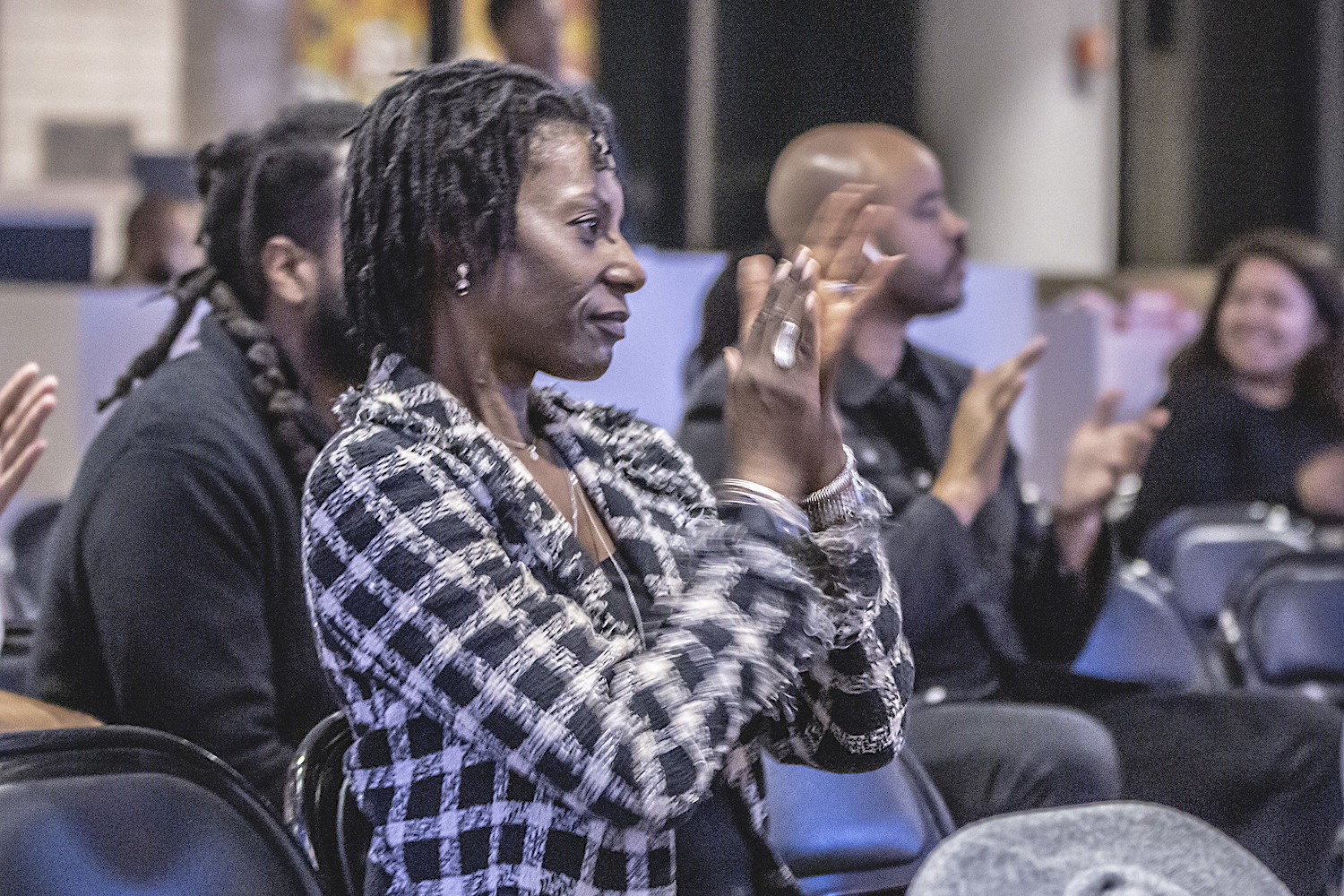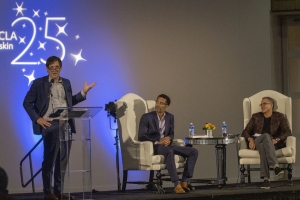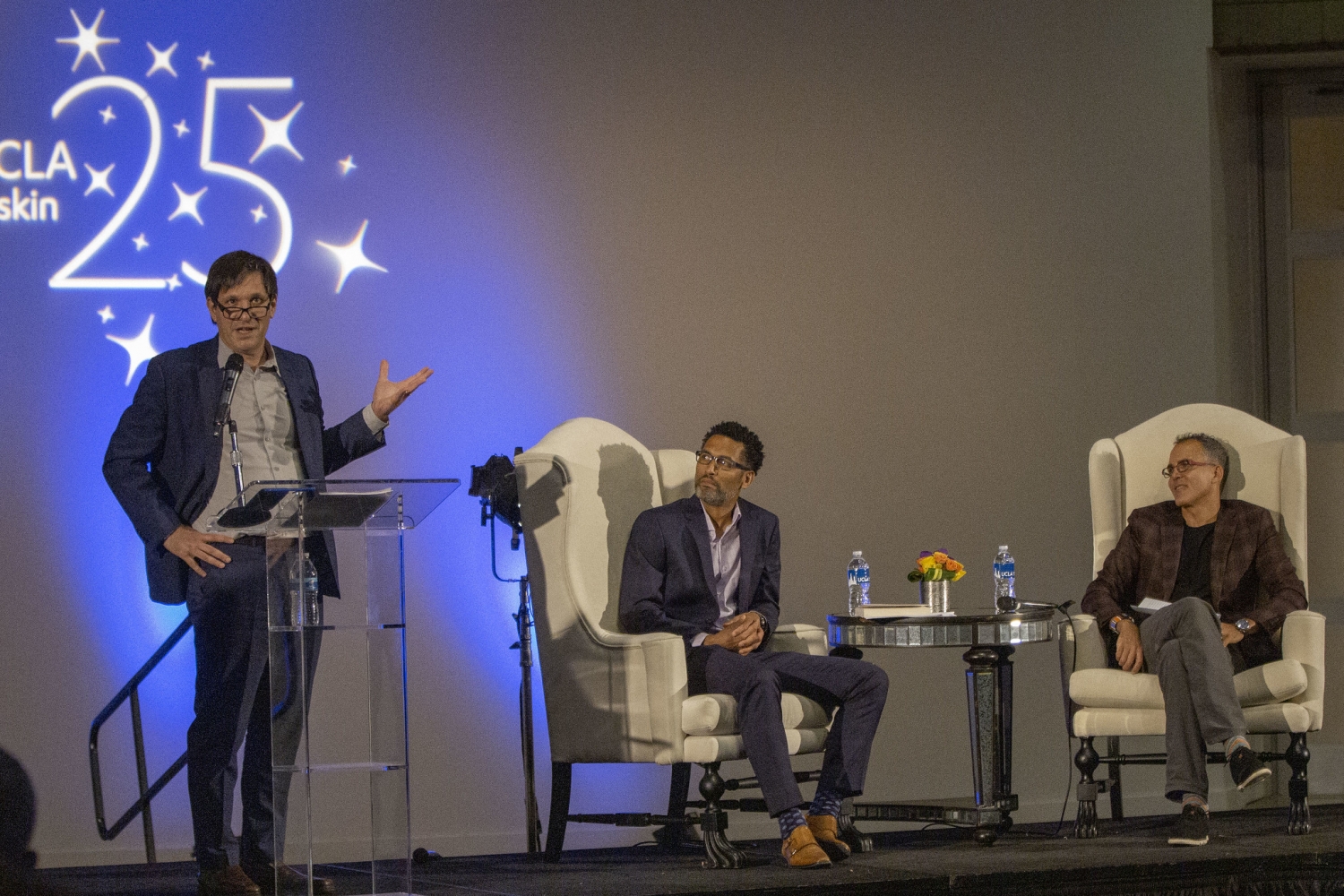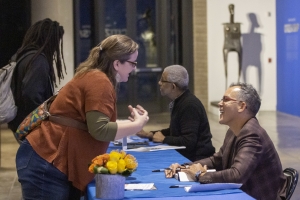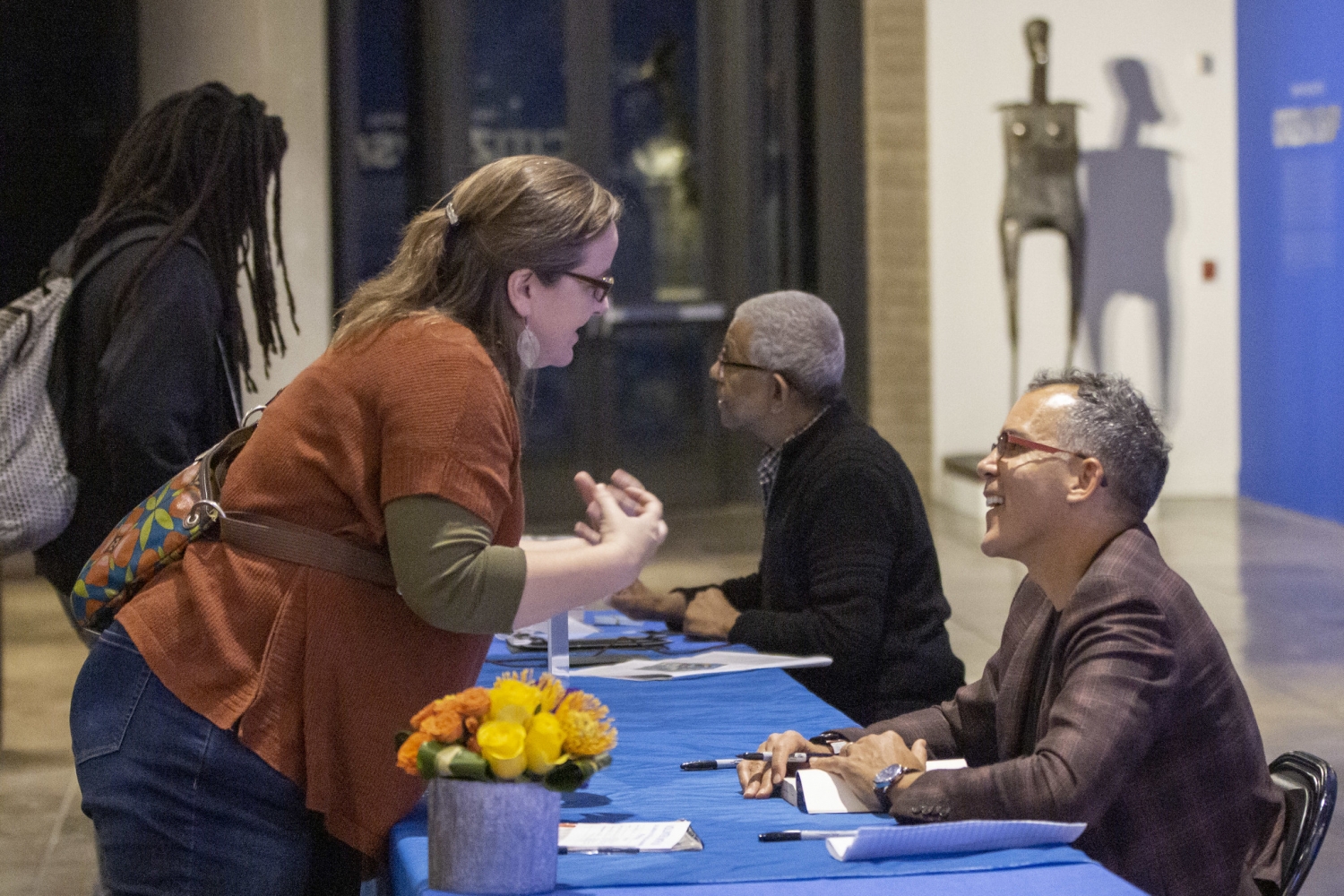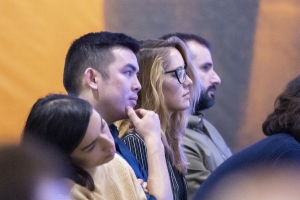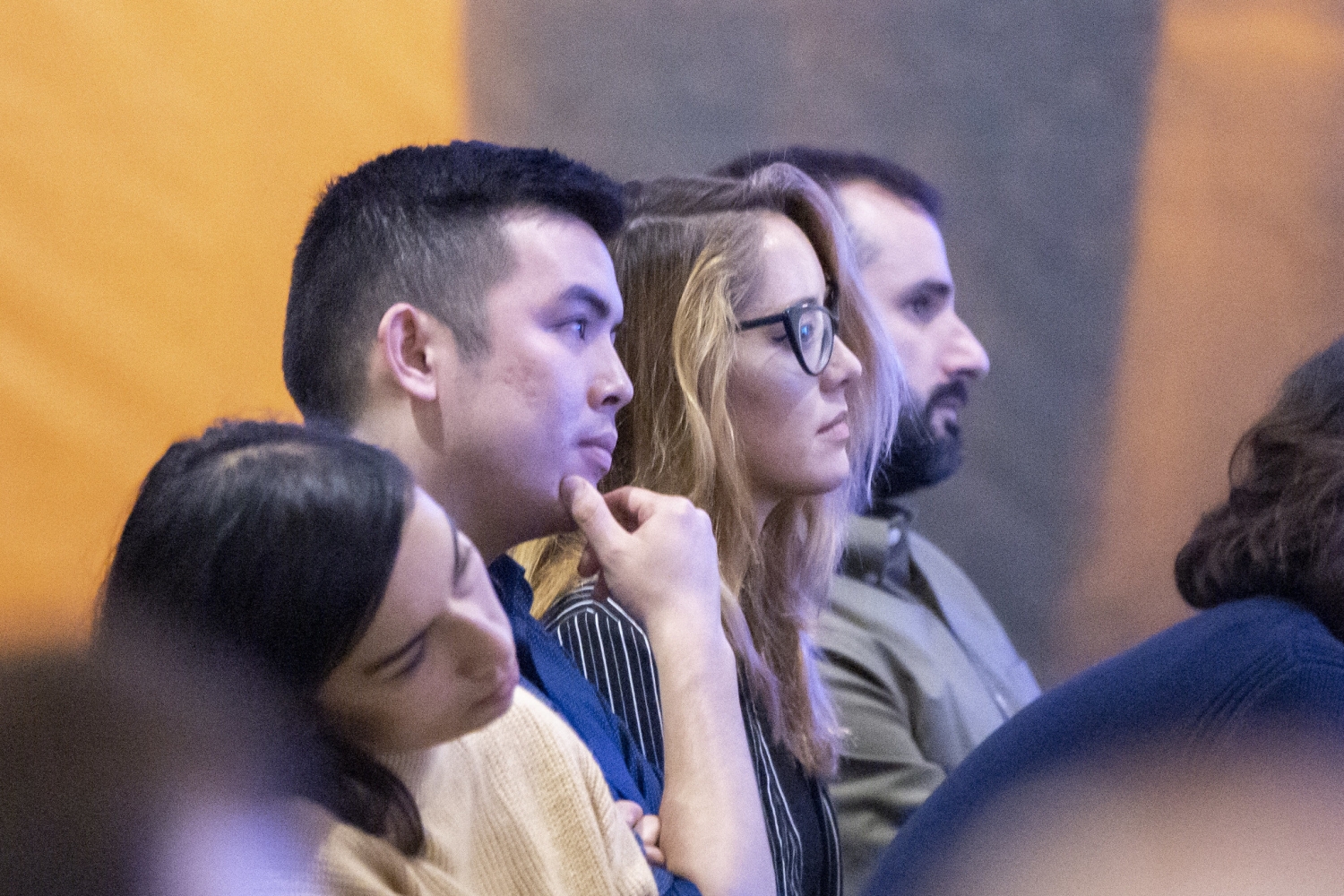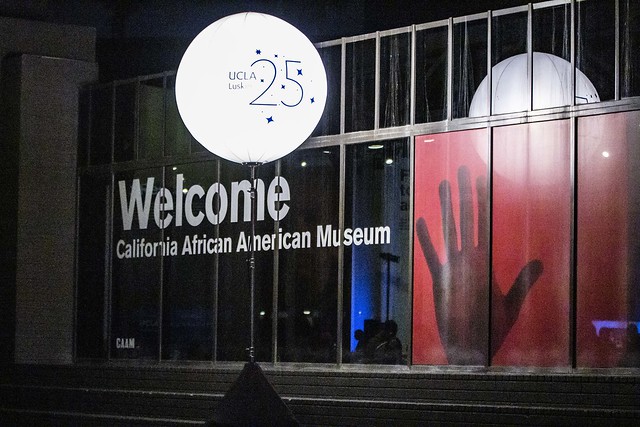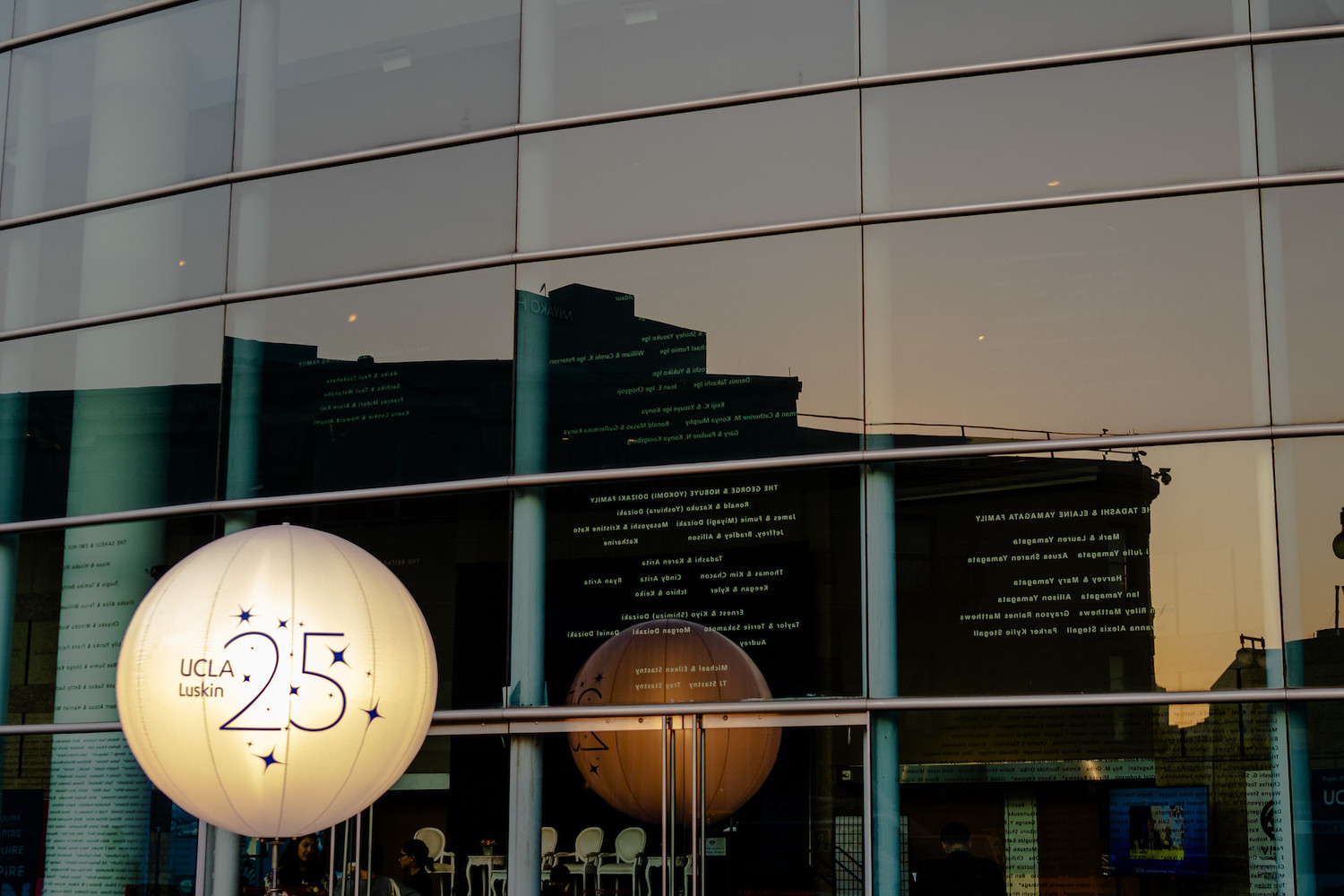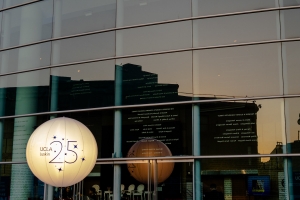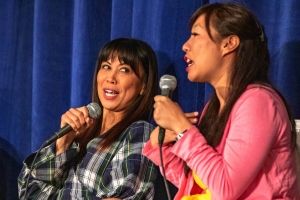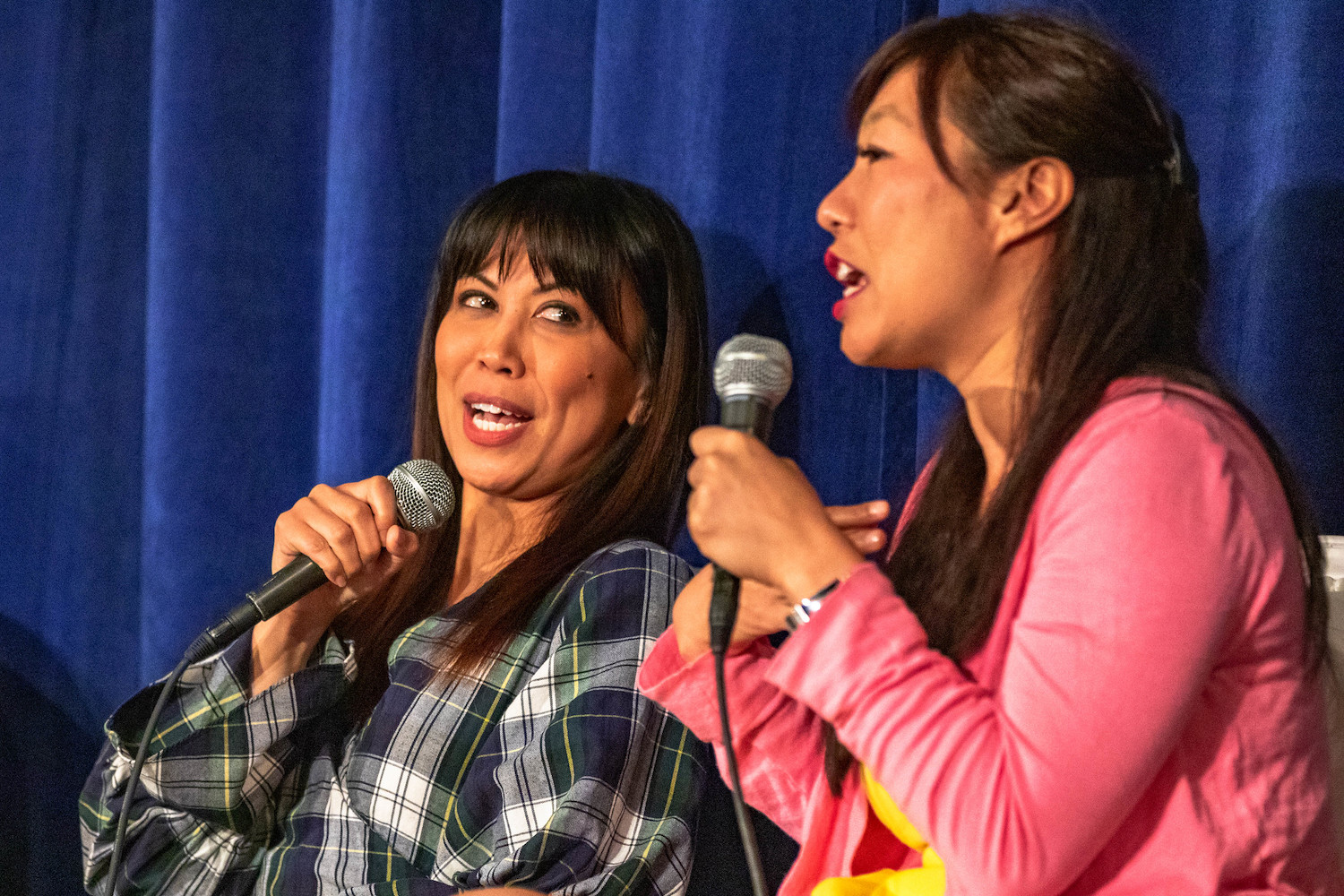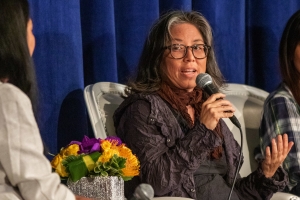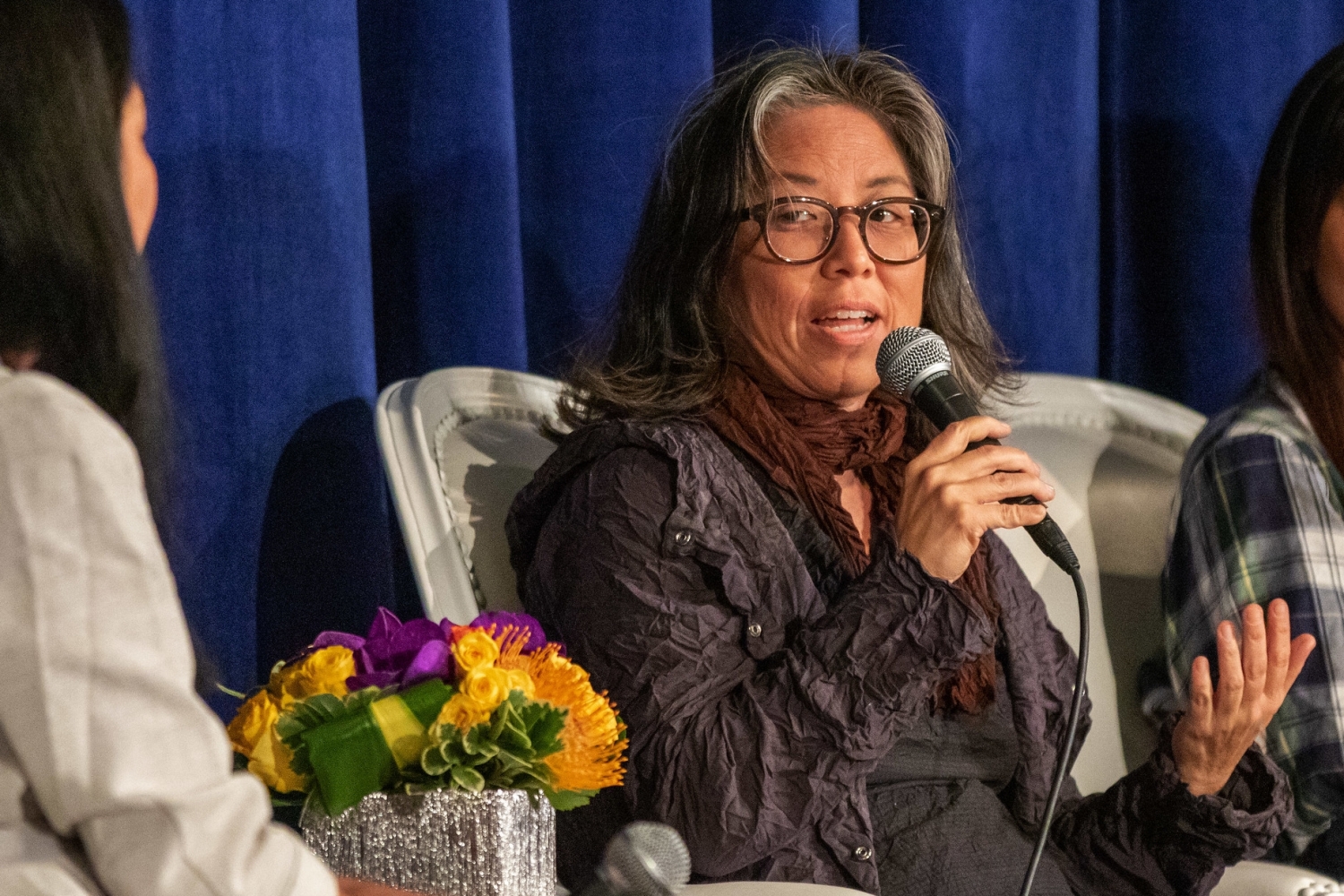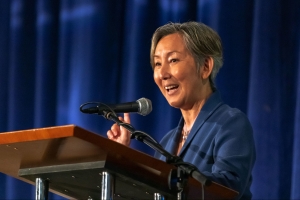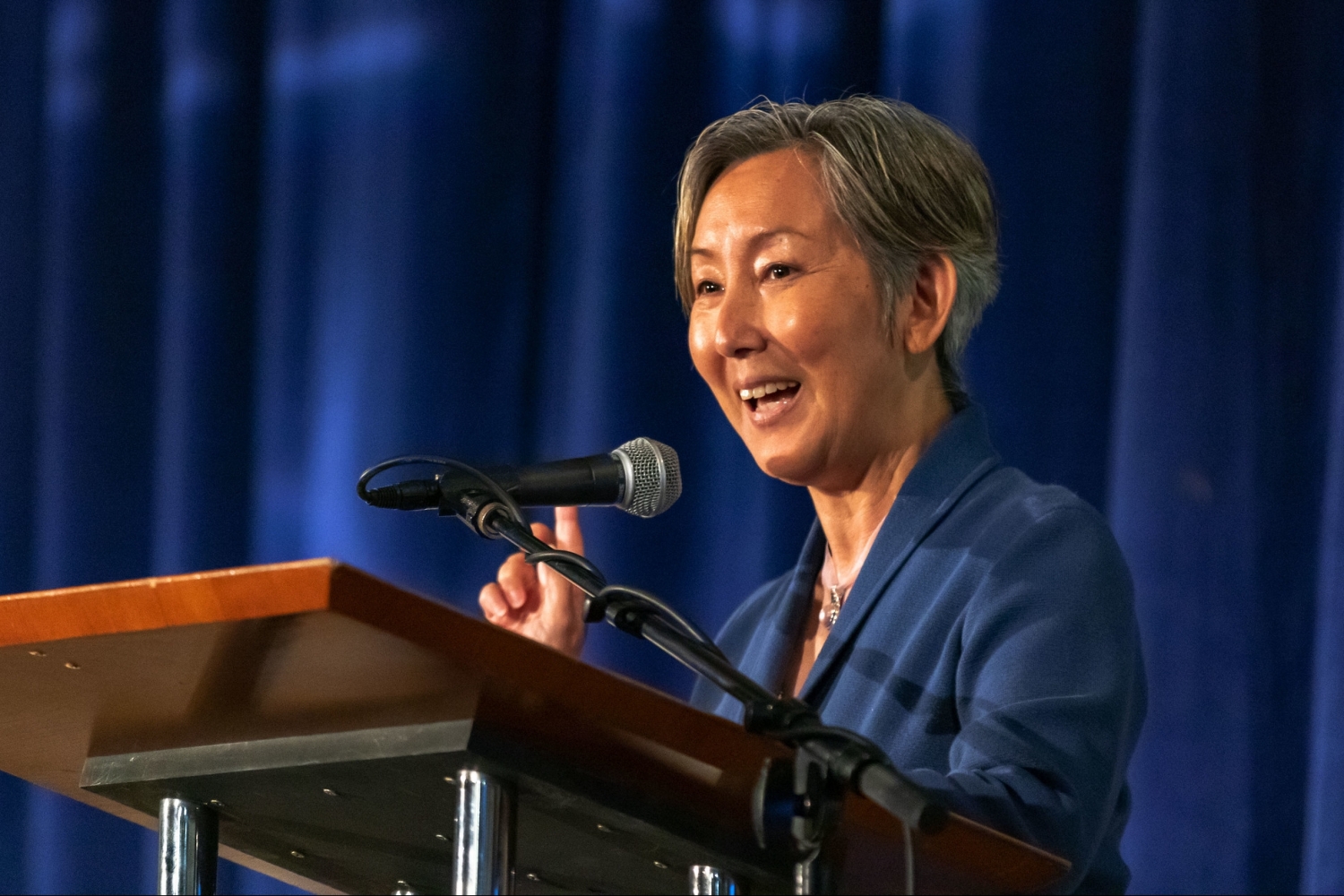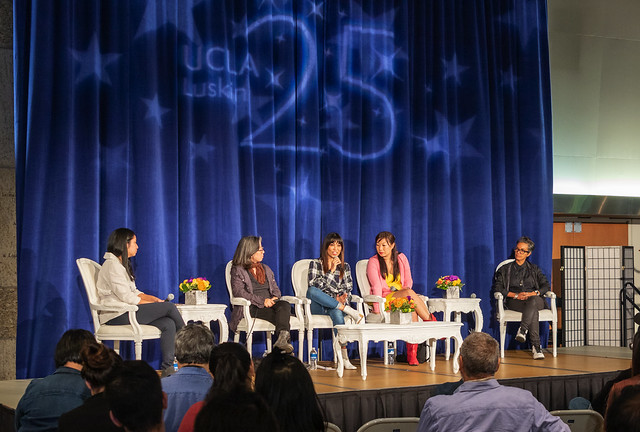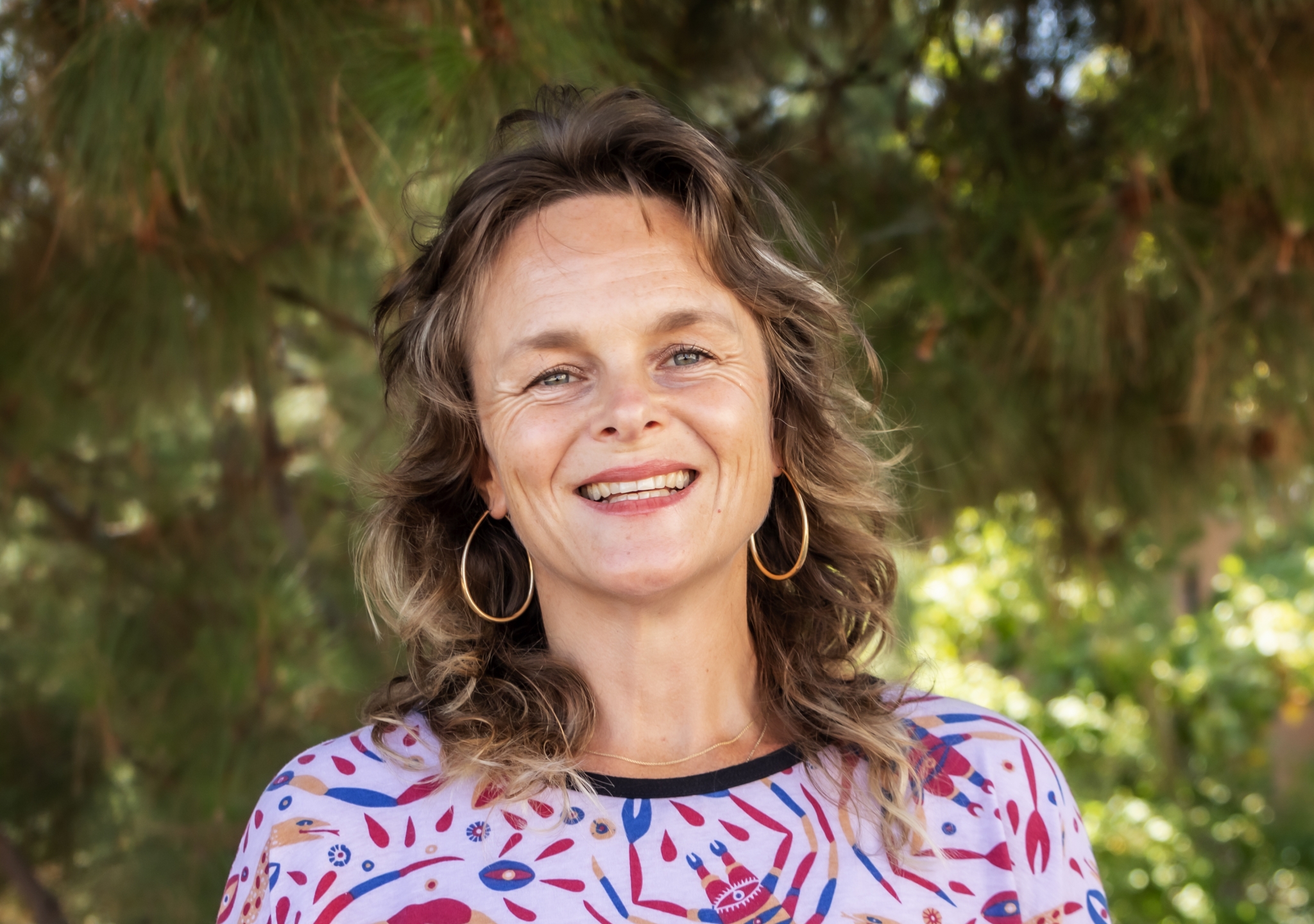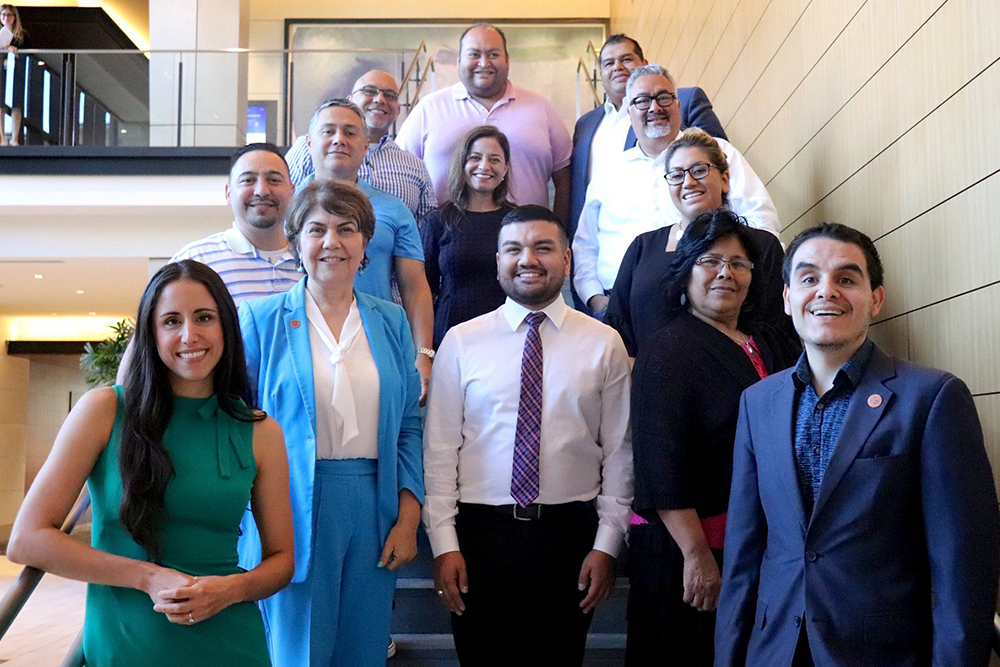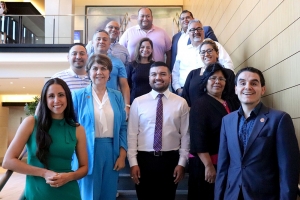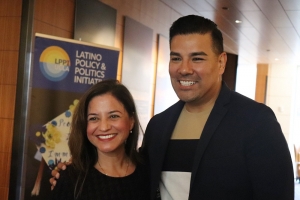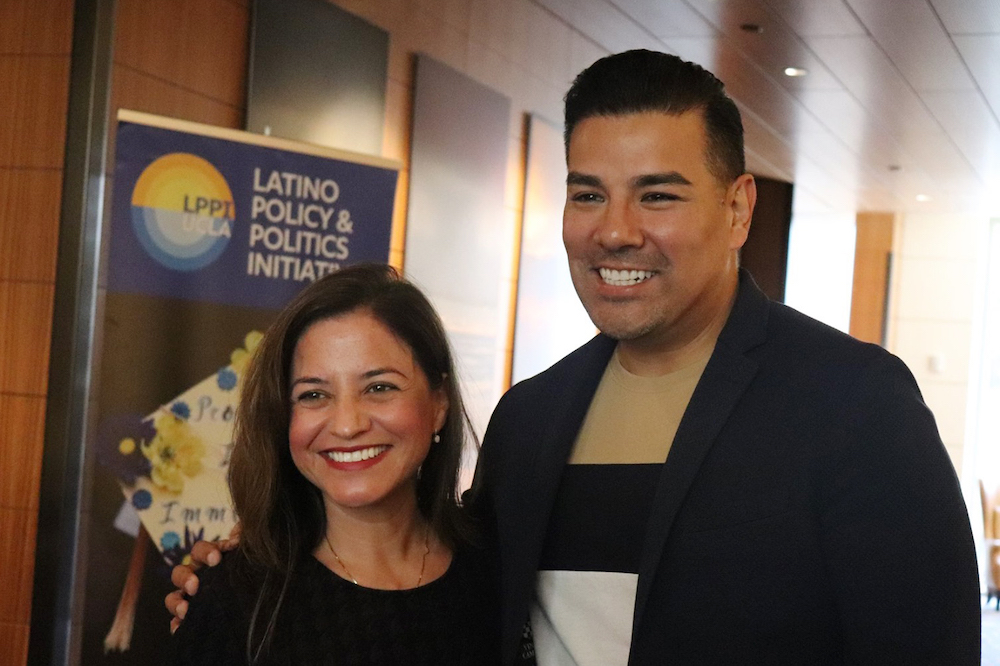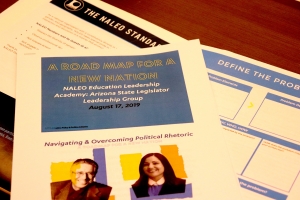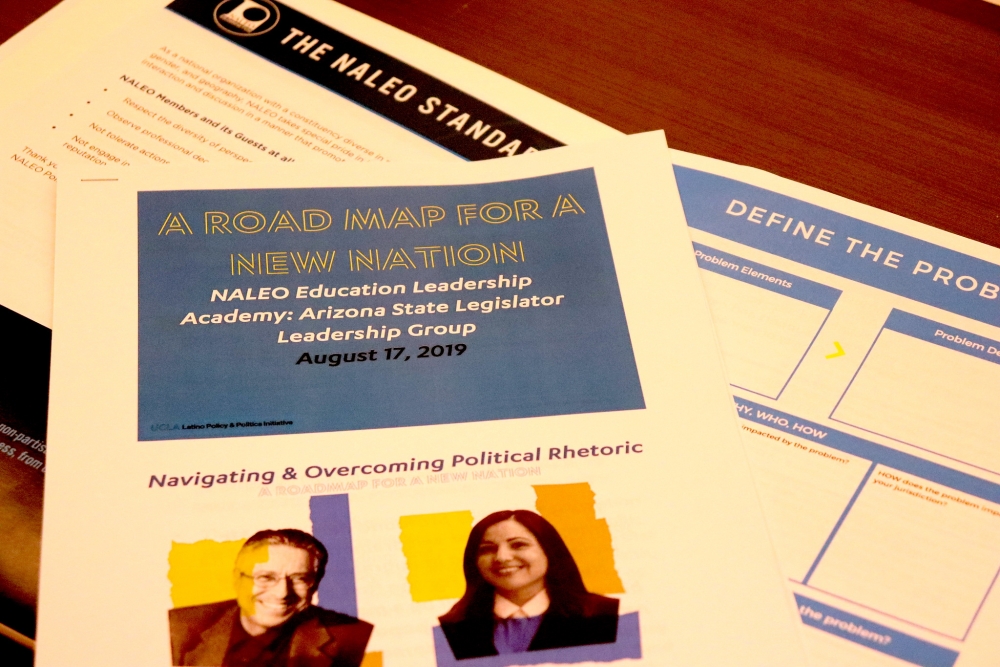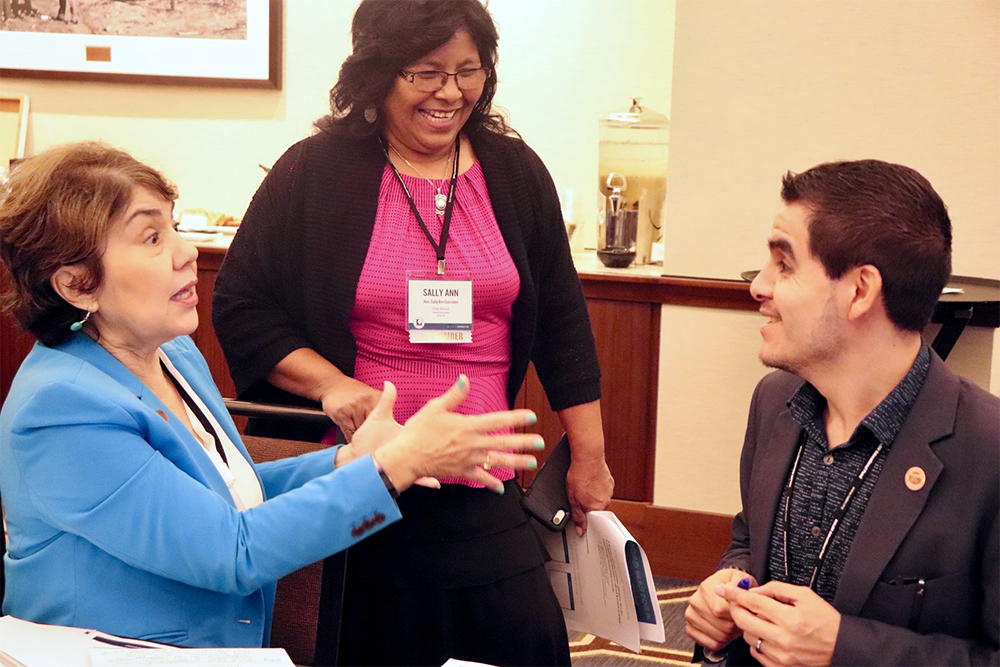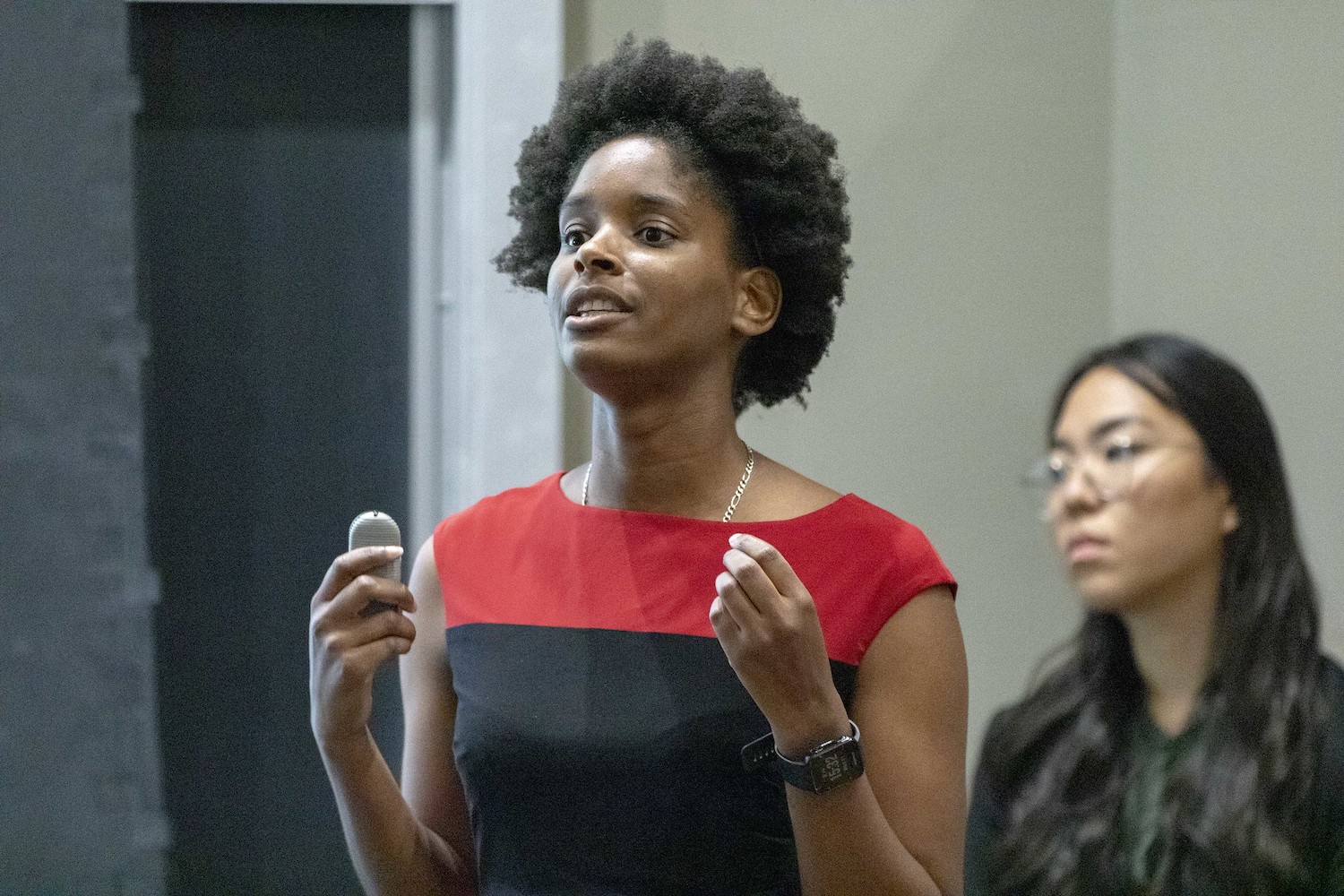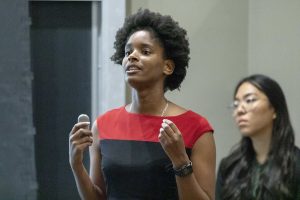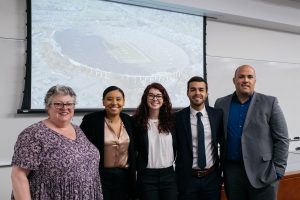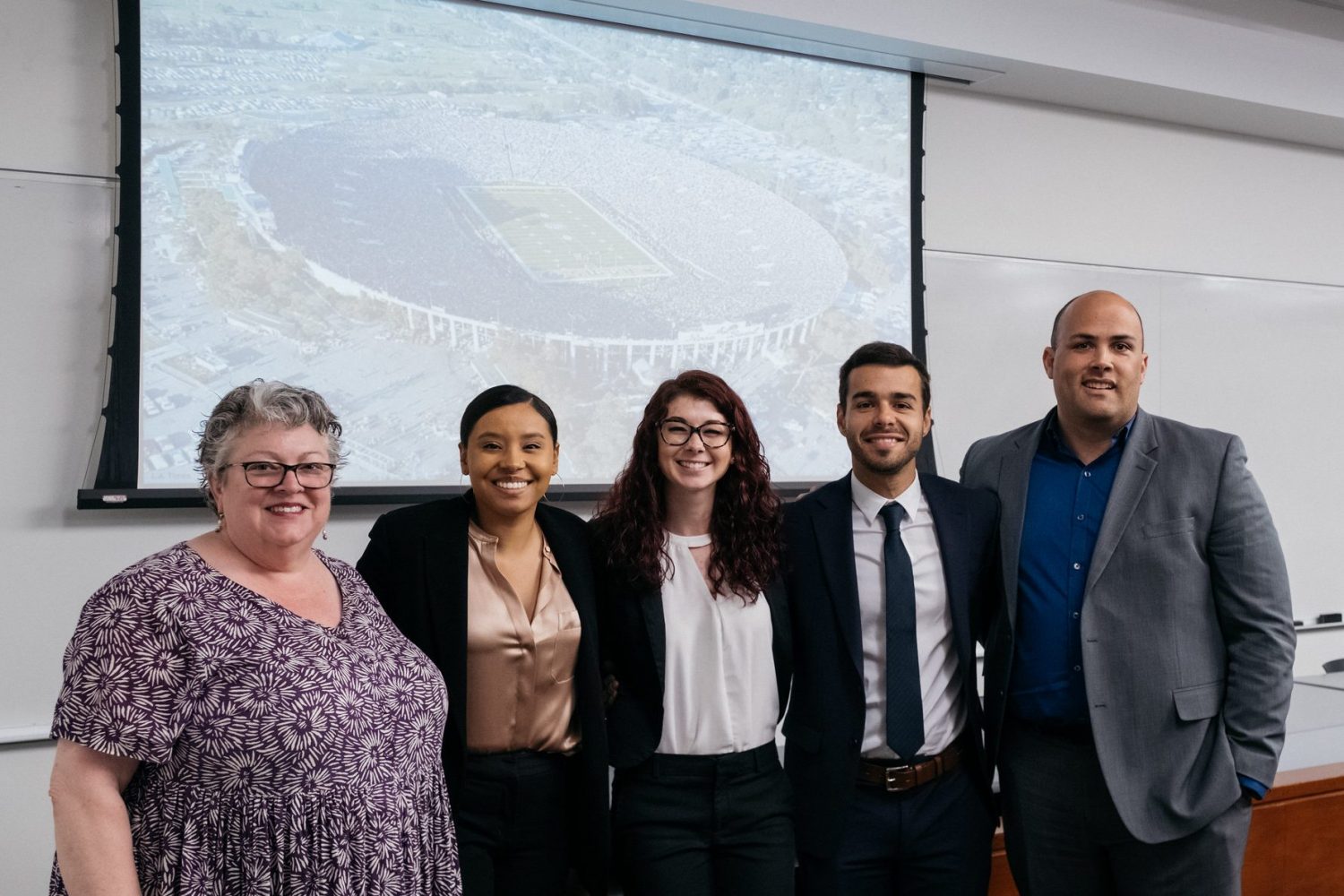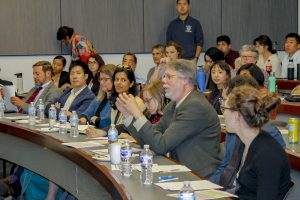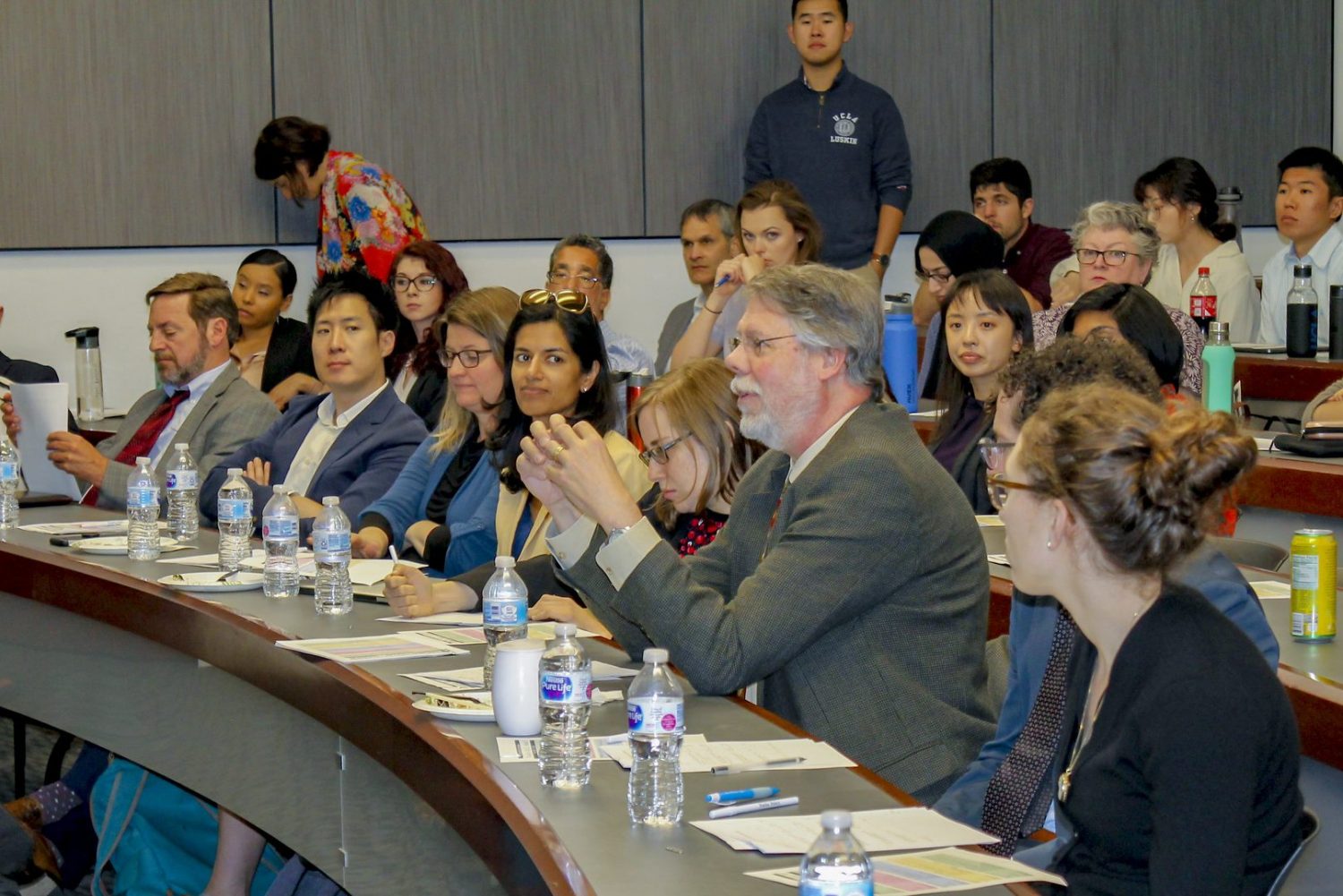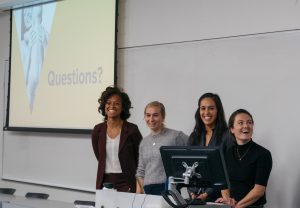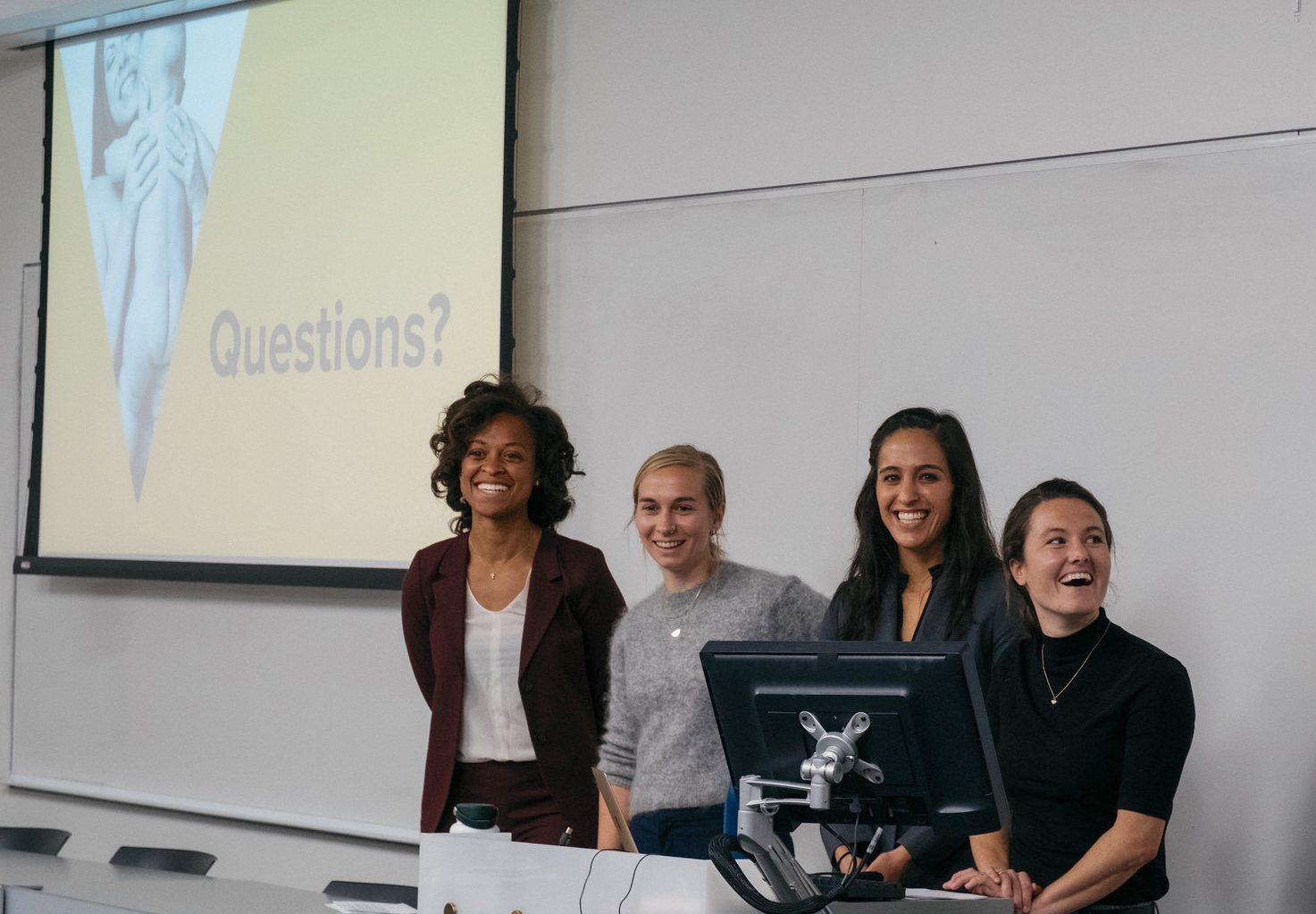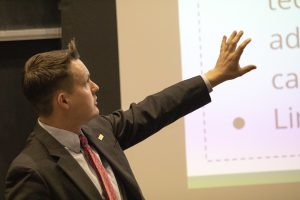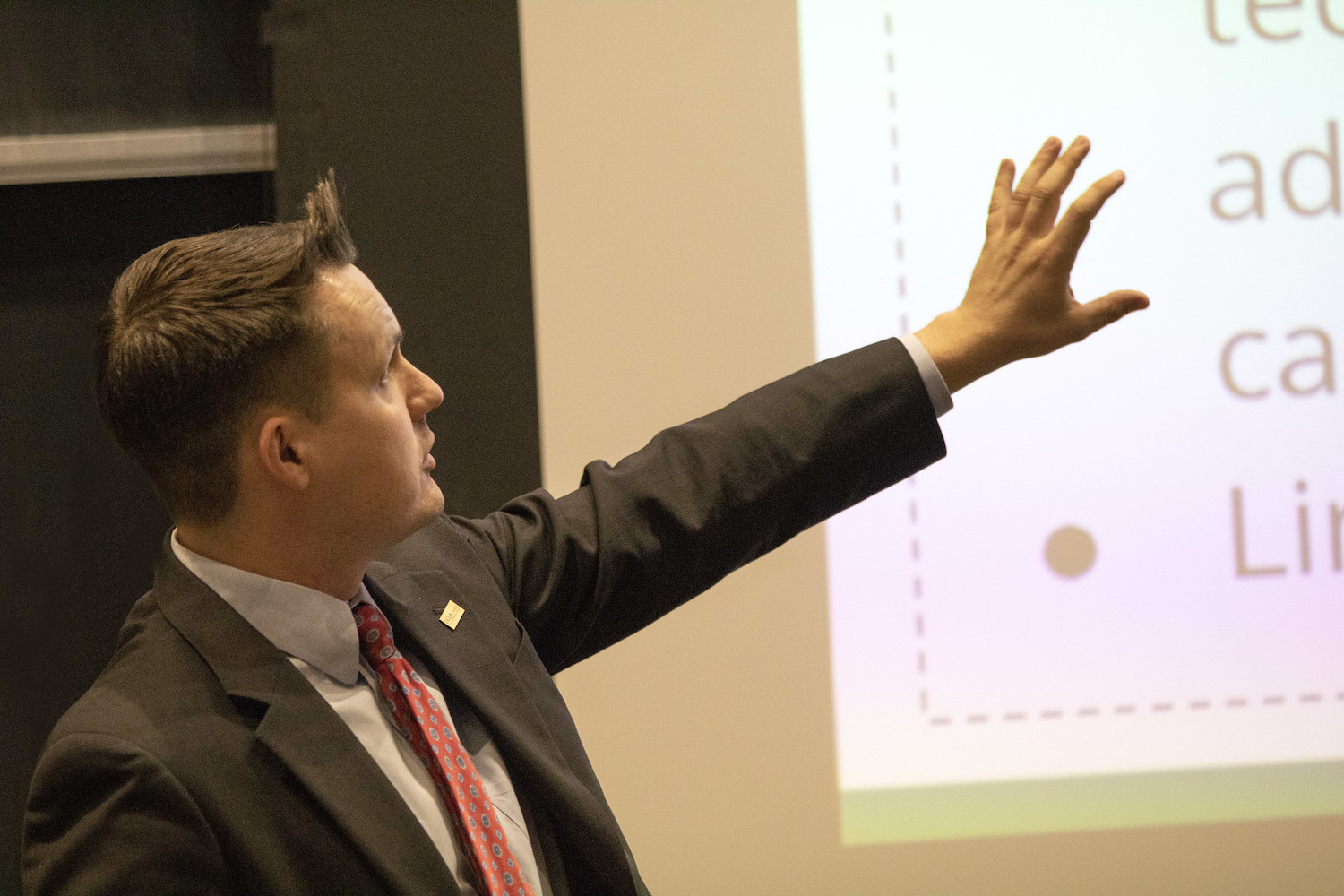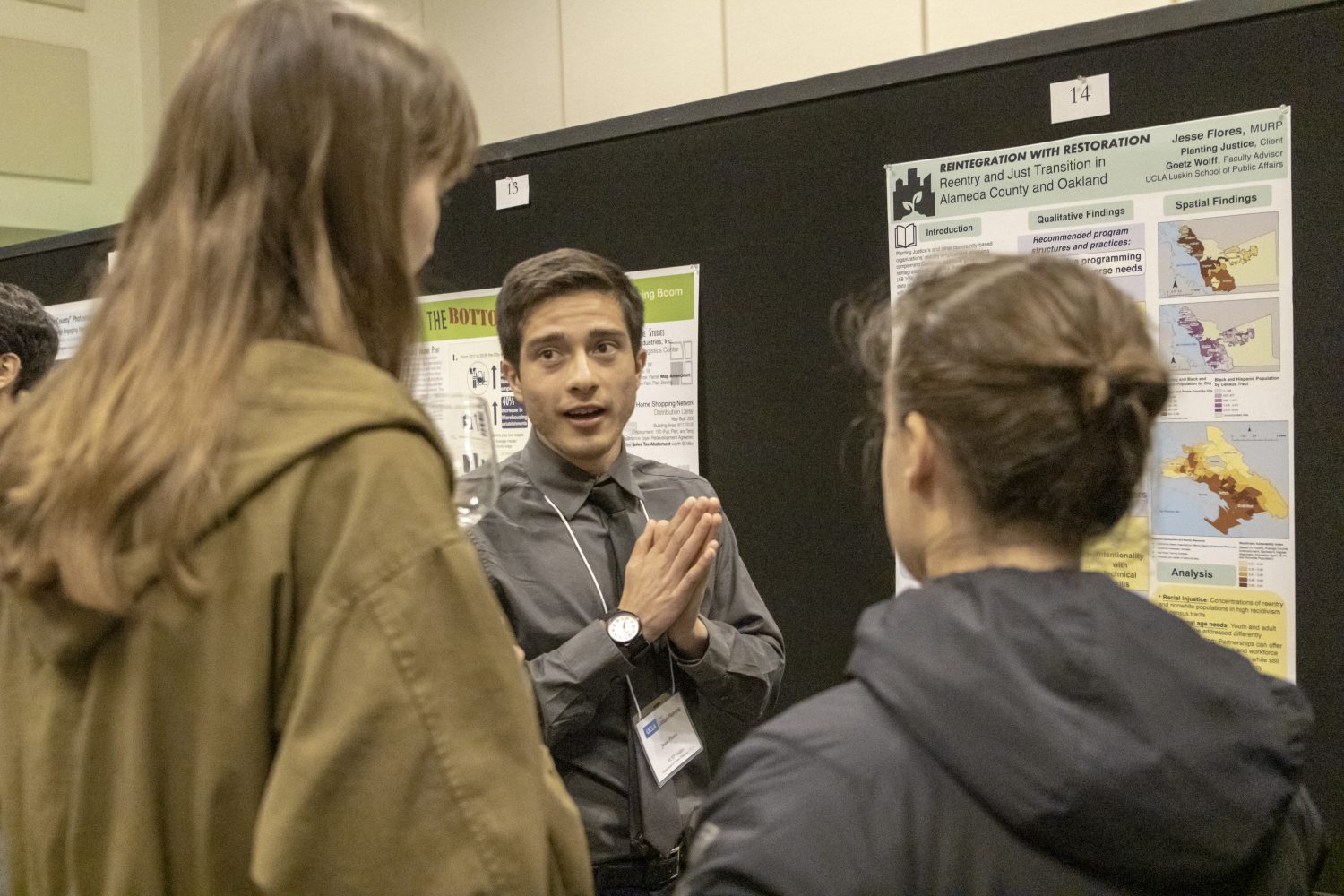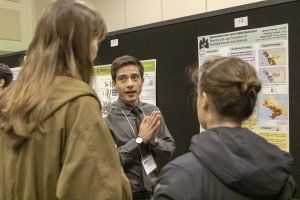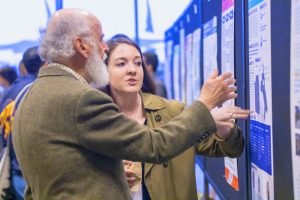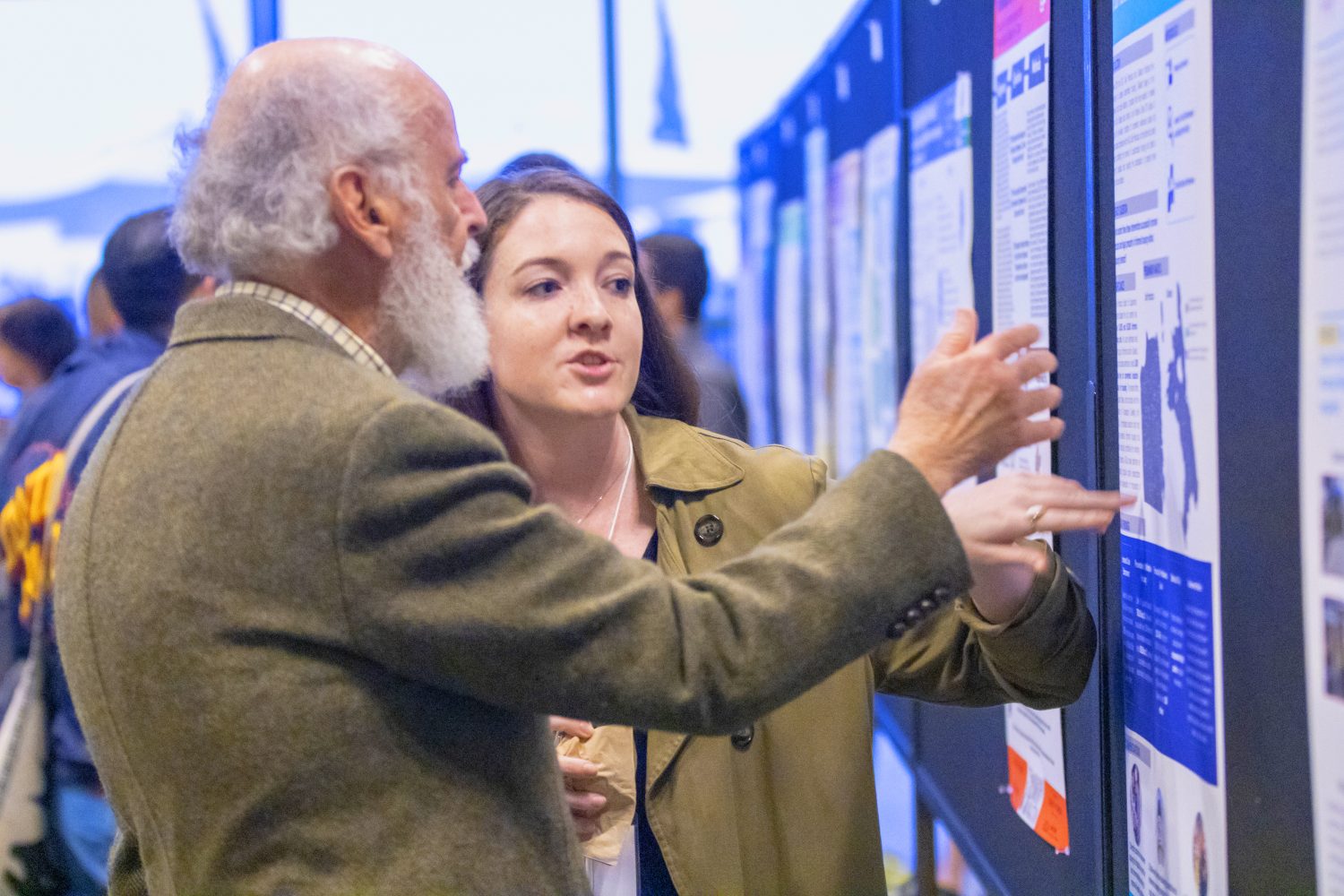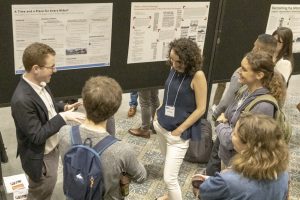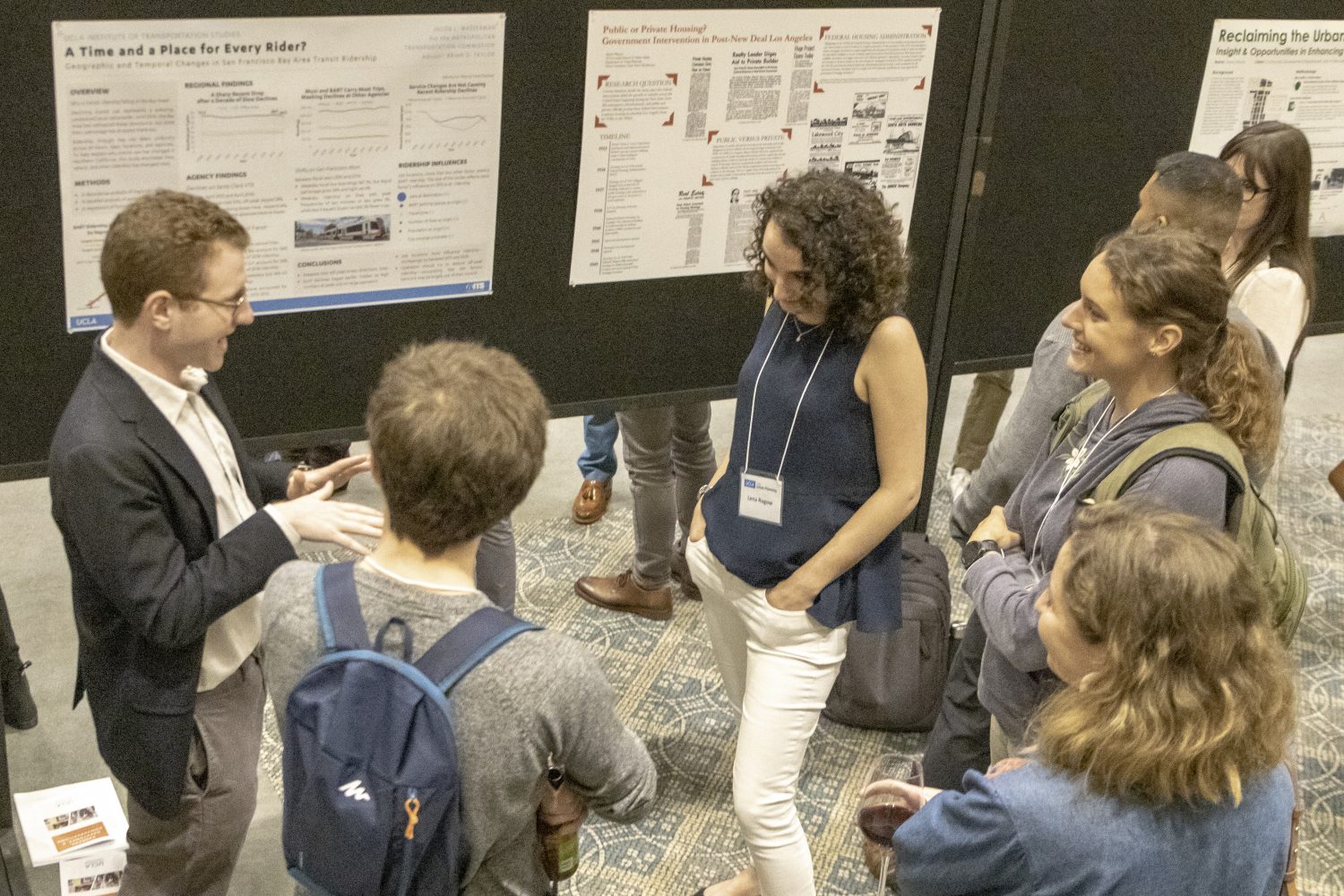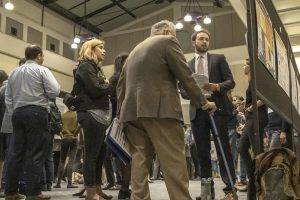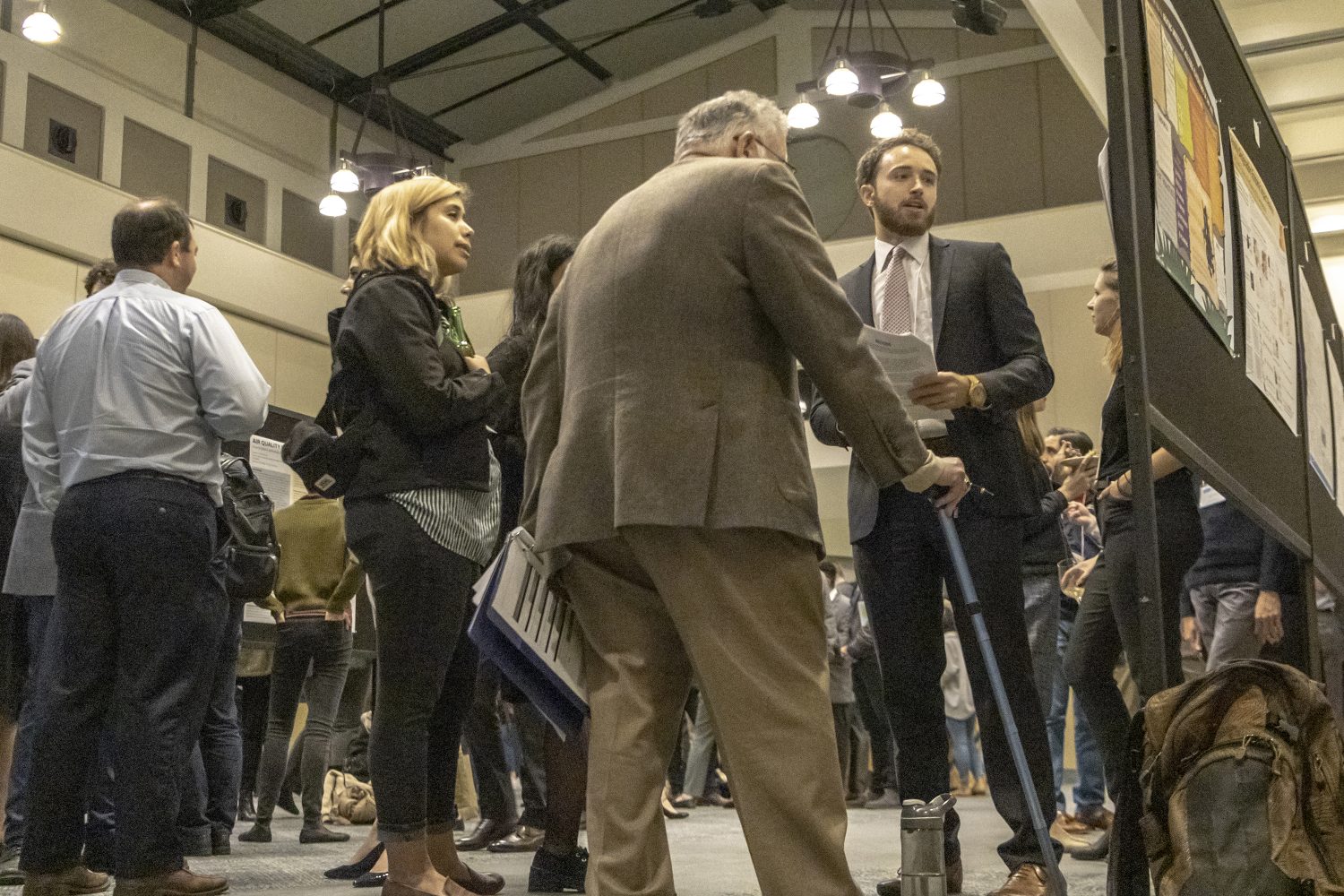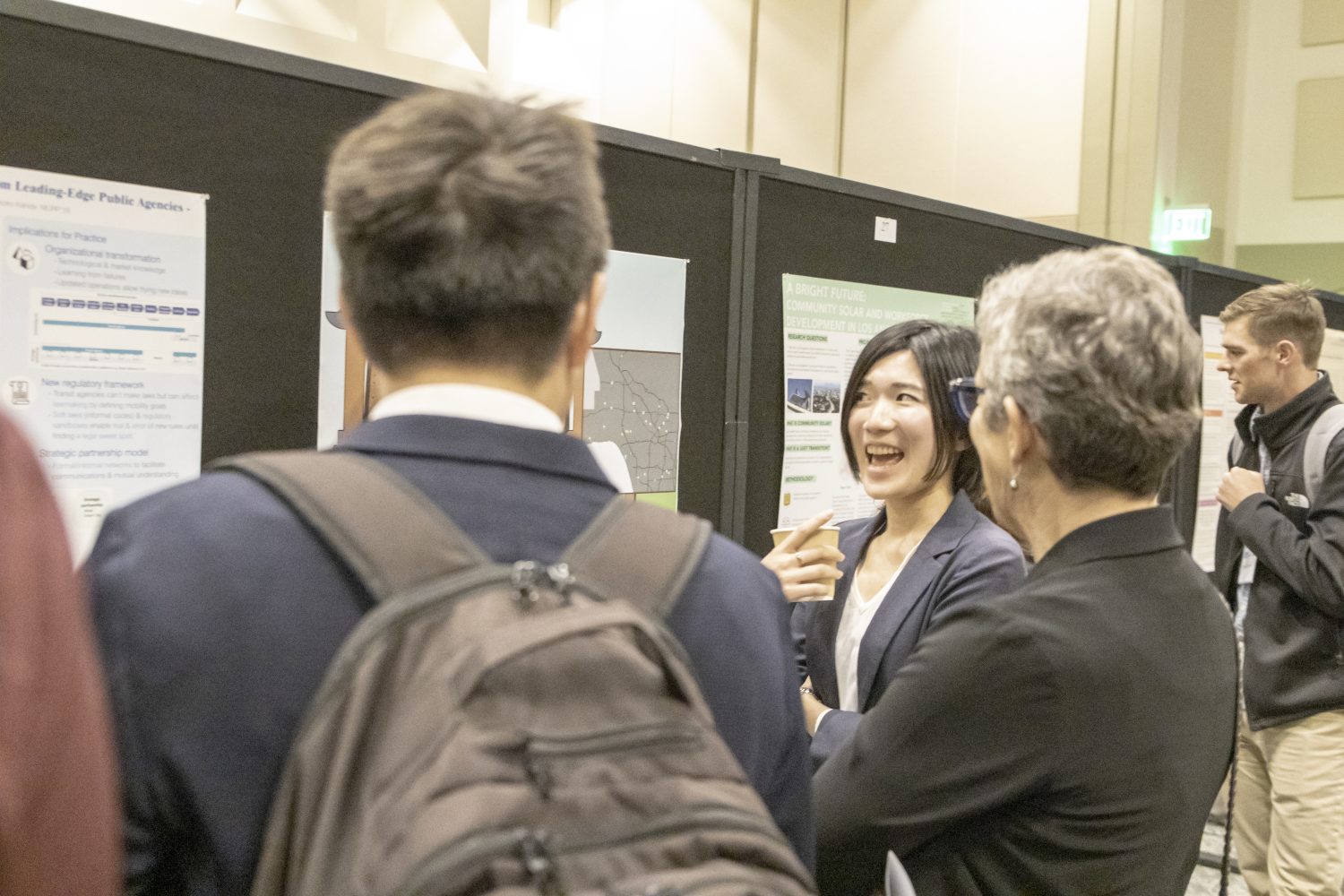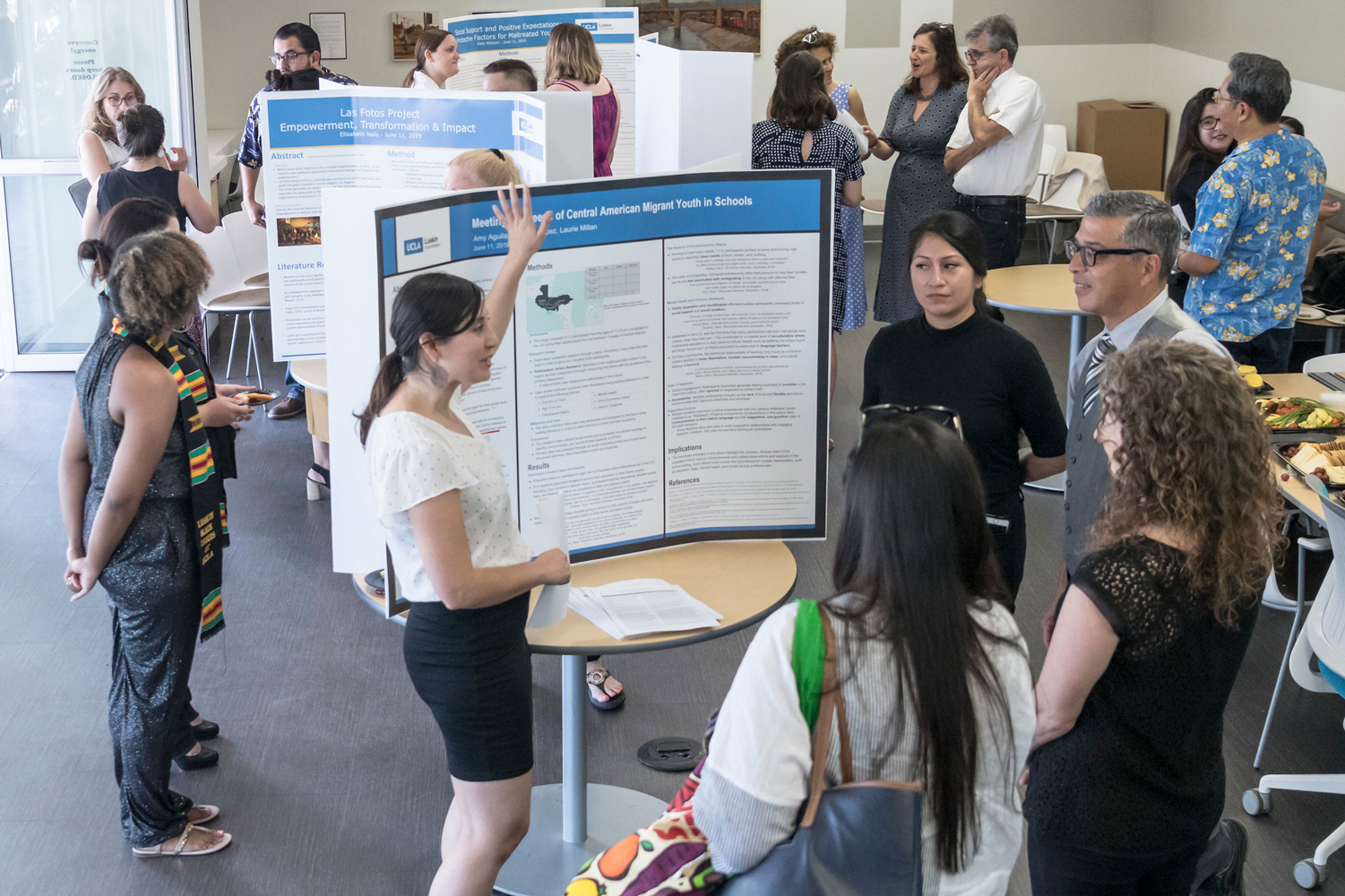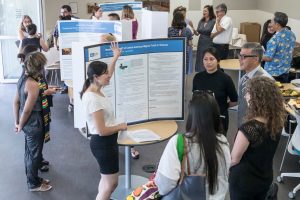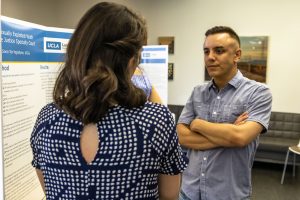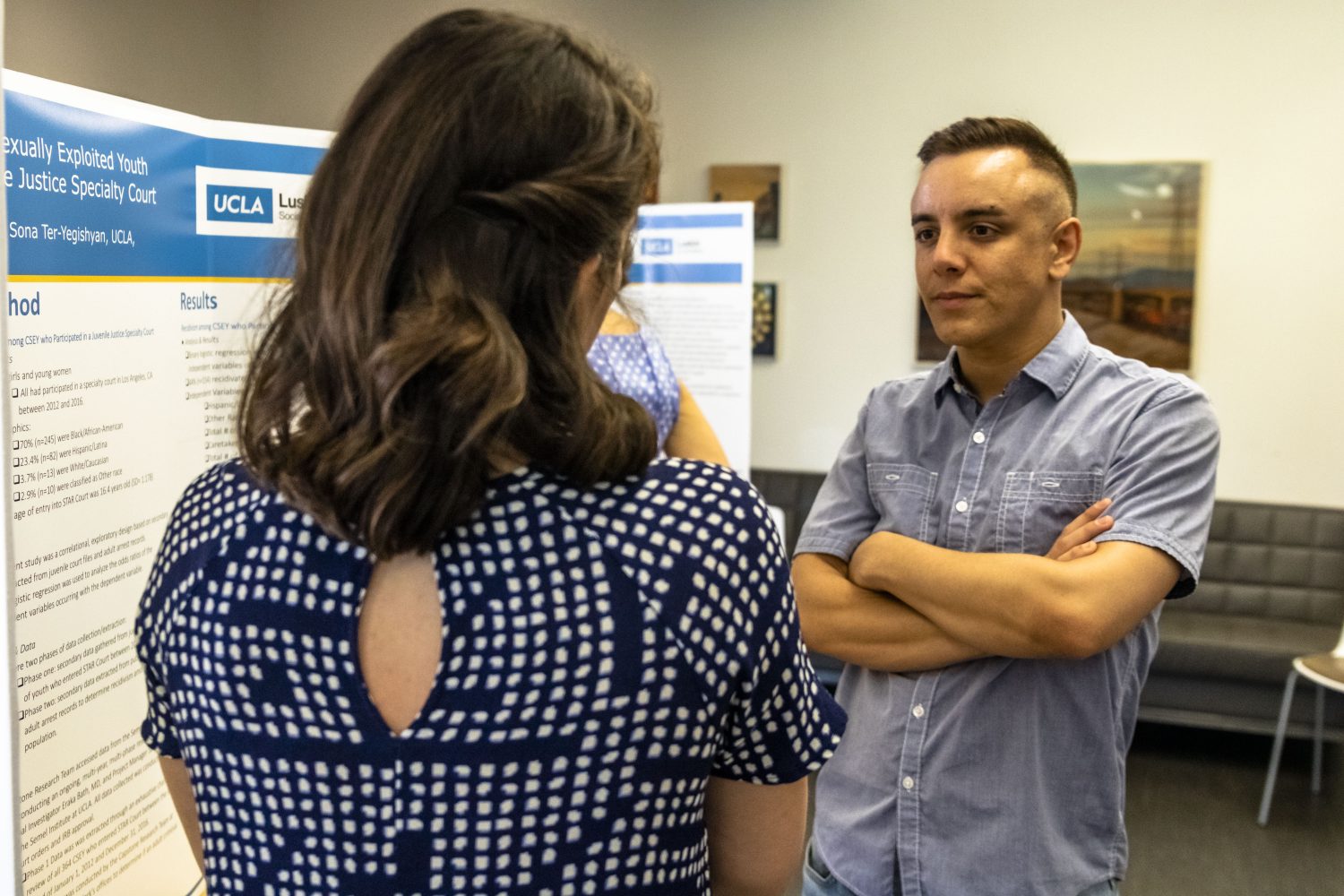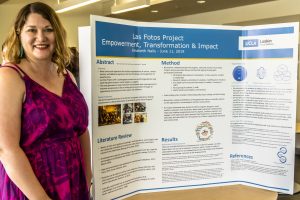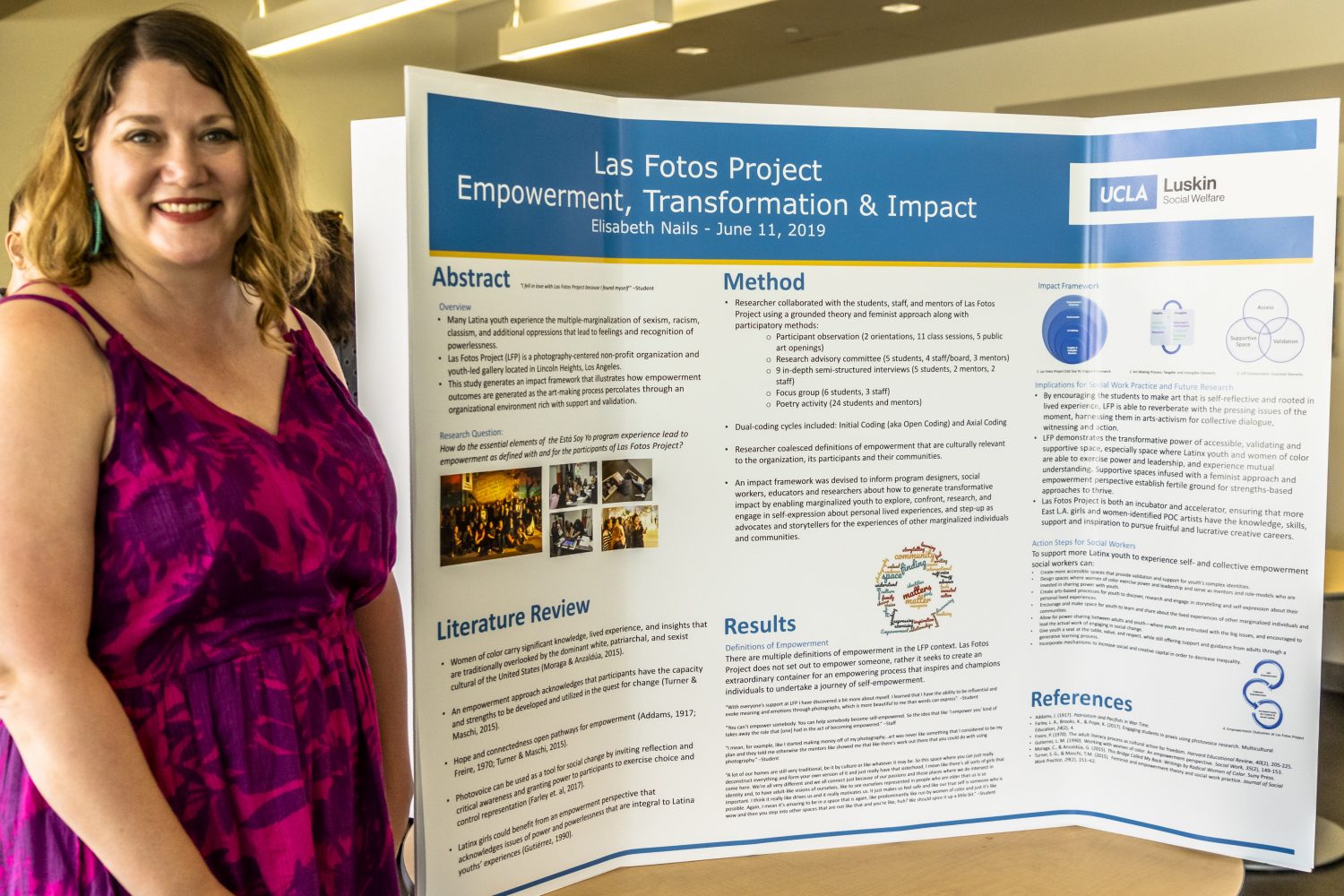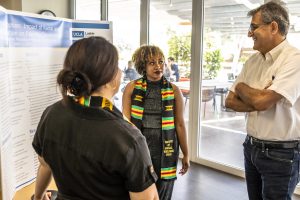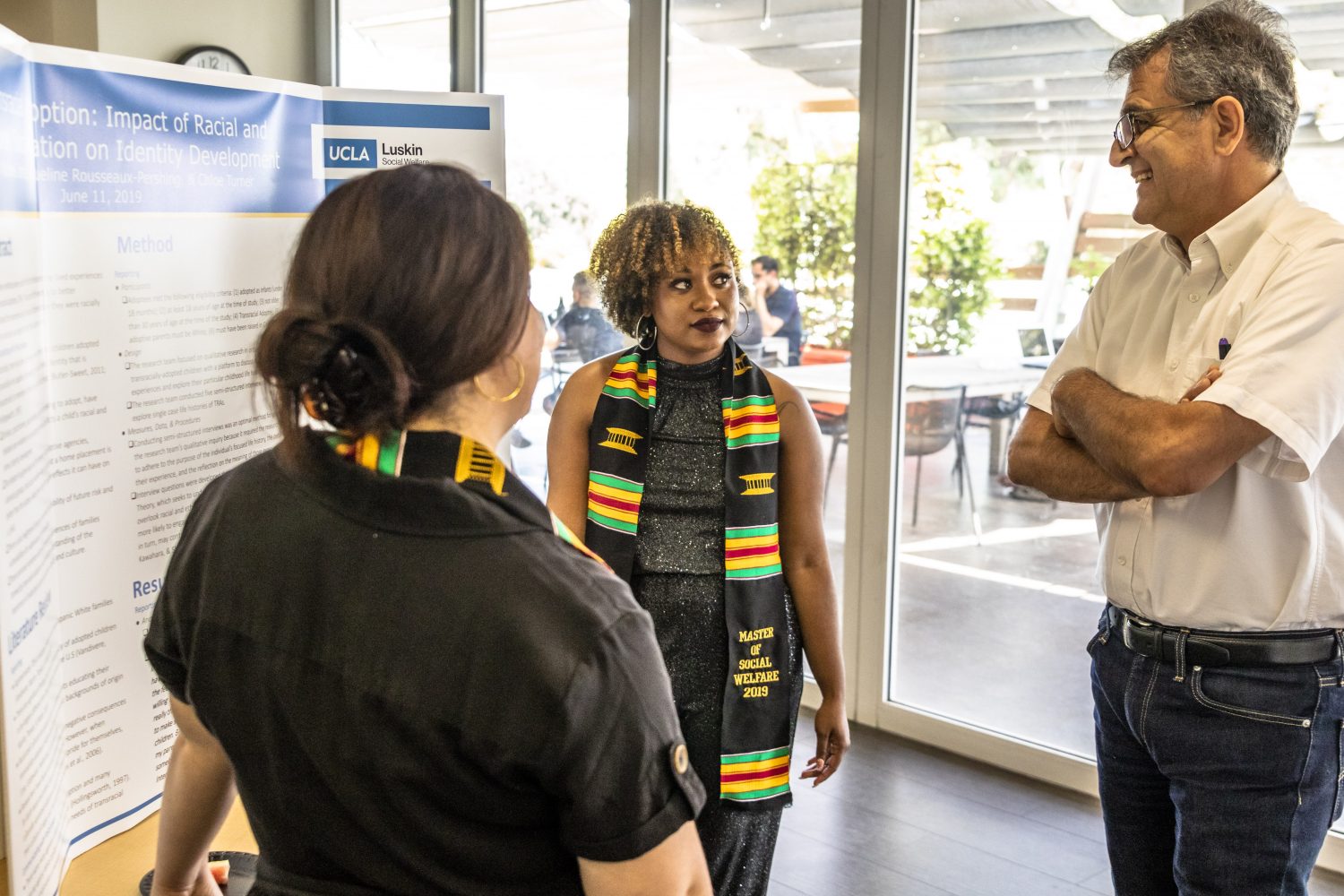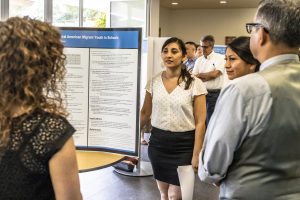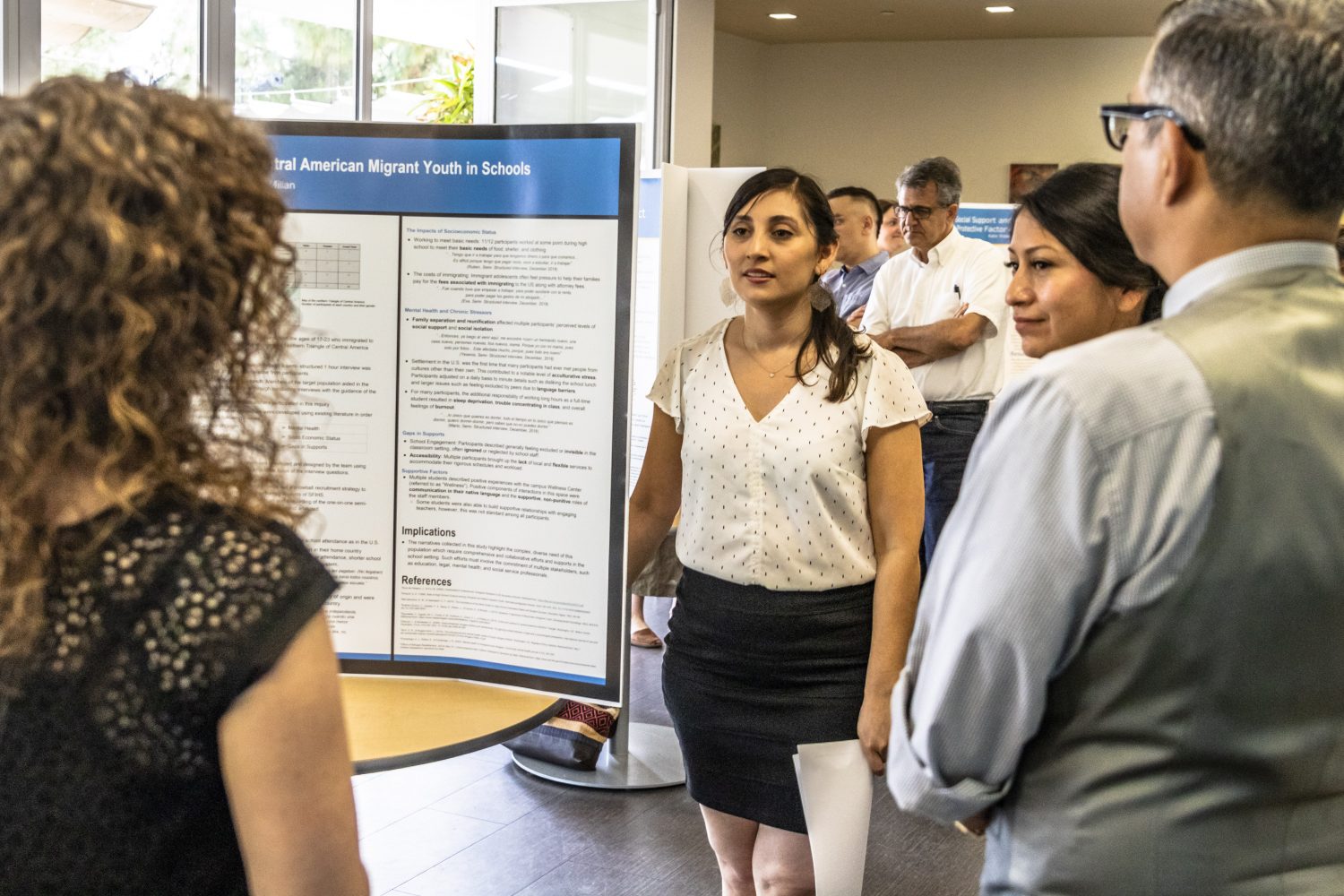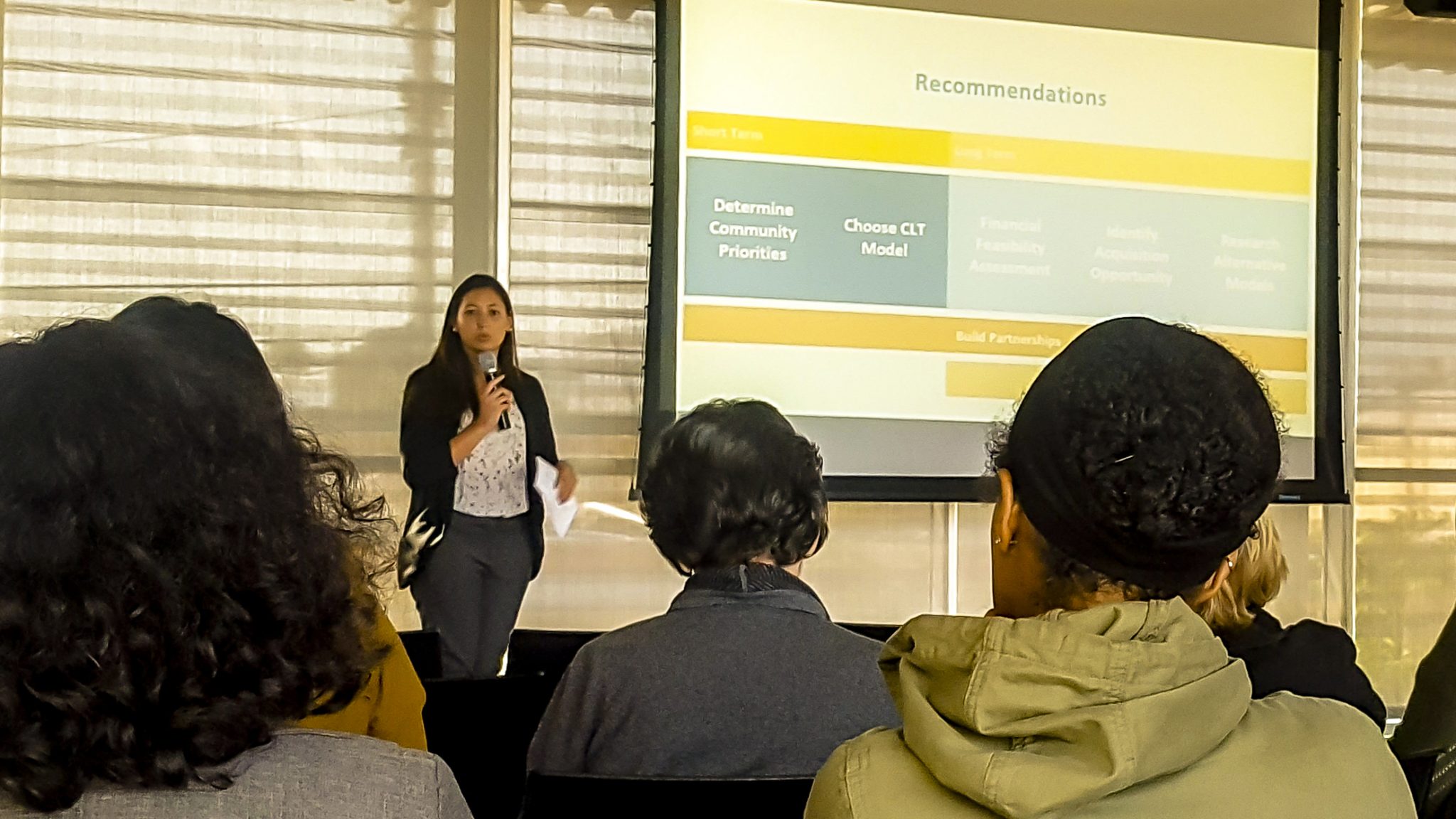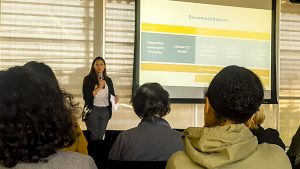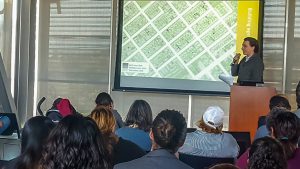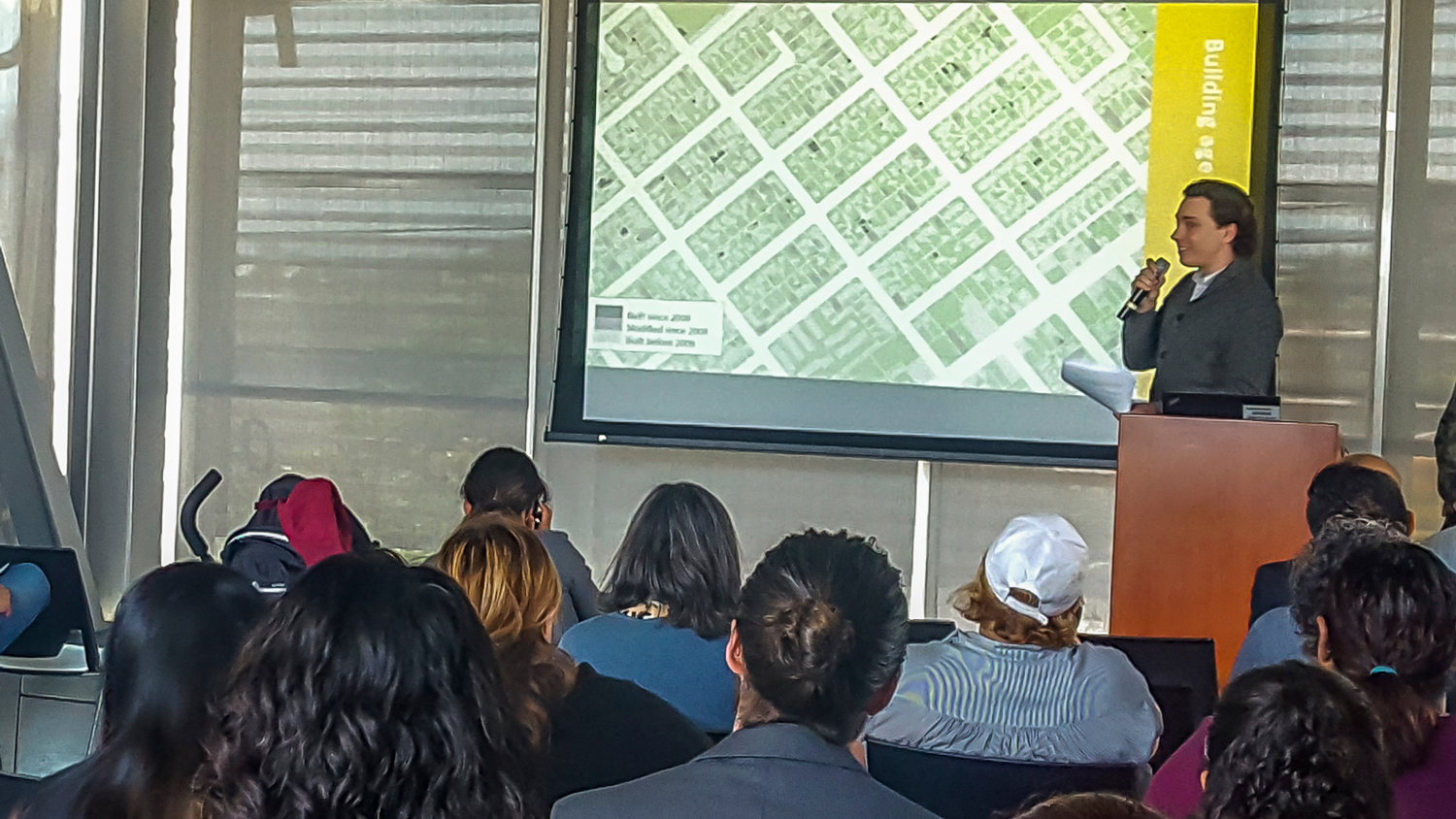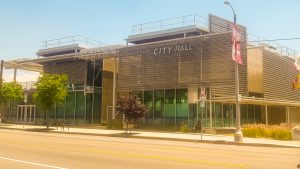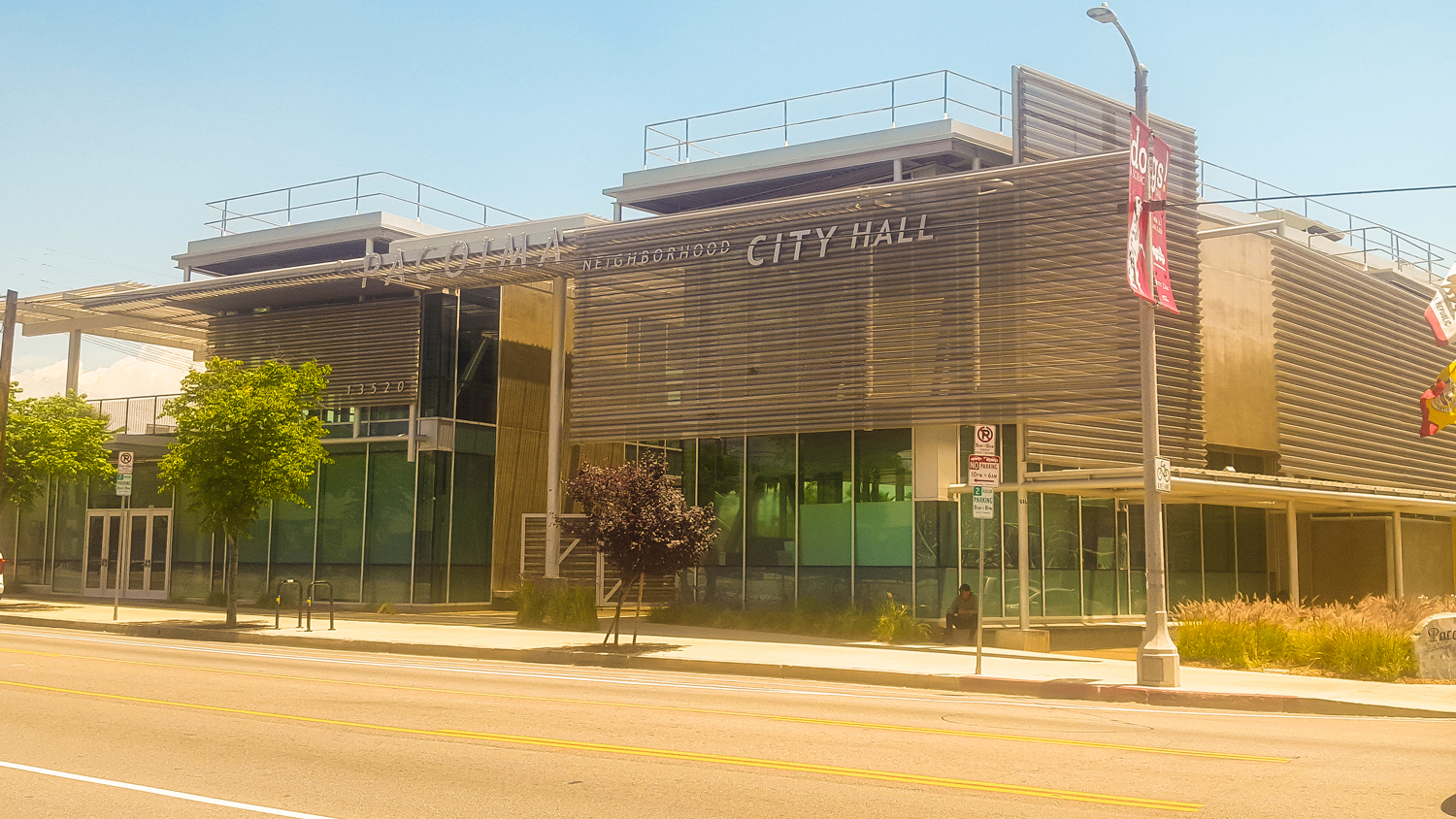Dean’s Message Path-breaking interdisciplinary scholarship and a tradition of public service are the hallmarks of UCLA Luskin at 25 years
25, 50, 75, 100 and 2 …
In 2019, we celebrated two milestones—the centennial of UCLA and the 25th anniversary of the Luskin School.
What does 100 years of UCLA mean? Is it merely a milestone signified by a round number? When the University of California, Los Angeles, was created out of the Southern Branch of the California Normal School, few could have imagined that, today, UCLA would be counted among the finest institutions of higher learning in the world, and the nation’s finest taxpayer-supported institution. In its early years, it was considered the southern “branch” of our older sibling in Berkeley, and more than a few actors in California would have preferred it to stay as such. Today, it is the largest and most comprehensive campus in the system and, in the minds of several ranking agencies and in the hearts of countless Bruins, the finest in the land.
In 1994, the campus formed what would become UCLA Luskin by merging the School of Social Welfare with the program in Urban Planning. Like UCLA, the School we are today has aspects that date to our roots but reflects new, emergent properties of what we have become, including the addition of Public Policy. At 25, Luskin is a mature intellectual community in which dialogue between students and faculty focused on different units of analysis — the individual, the family, the community, the state — helps us learn and grow from the insights of one another and our respective disciplines. More than merely three departments, today Luskin’s core faculty hold doctorates in 14 different disciplinary traditions, representing a nearly endless variety of methodologies, perspectives and research questions about how best to improve the human condition. The School’s mission, defined and refined over these last 25 years, has become clear: to train change agents and generate new knowledge and insight in pursuit of social justice and human well-being.
It would be inaccurate — and do a disservice to our predecessors — if we did not acknowledge that much of the good work of UCLA Luskin started long prior to the School’s formation 25 years ago. In spring 2020, we celebrate the 50th anniversary of the founding of Urban Planning at UCLA. And in 2021-22, we will celebrate the 75th anniversary of Social Welfare at UCLA. Those two units have trained thousands of Bruin alums whose efforts on behalf of a better Los Angeles and a healthier California are long established. You’ll hear more about those celebrations in the near-term, but it is important at moments like these that we pay tribute to those whose hard work came long before us.
And finally… “2”? Yep, we are in the second year of our newest program, the Bachelor of Arts in Public Affairs. At the start of the 2018-19 academic year, no such major was declared by a UCLA undergraduate. Today, we have 270 majors and pre-majors enrolled in 42 courses this academic year, and whose instruction is supported by 89 graduate teaching assistants — Luskin professional and doctoral students — whose education is supported with those resources. And in June 2021, we will graduate our first class.
New programs, pedagogical innovation, path-breaking interdisciplinary scholarship in the interest of the social good and a tradition of public service — these are the hallmarks of UCLA Luskin at 25 years old, these are the values that separate a great public university like UCLA from its competitors, and these are the accomplishments we celebrate at milestones like these.
All the best,
Gary
